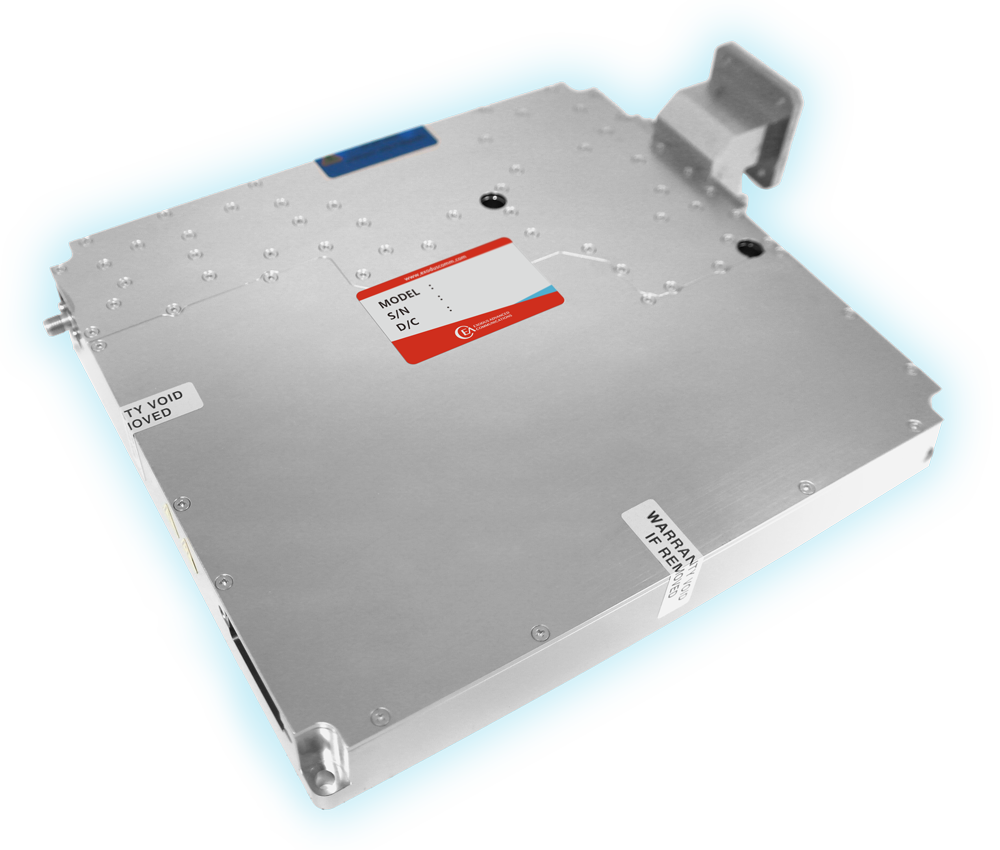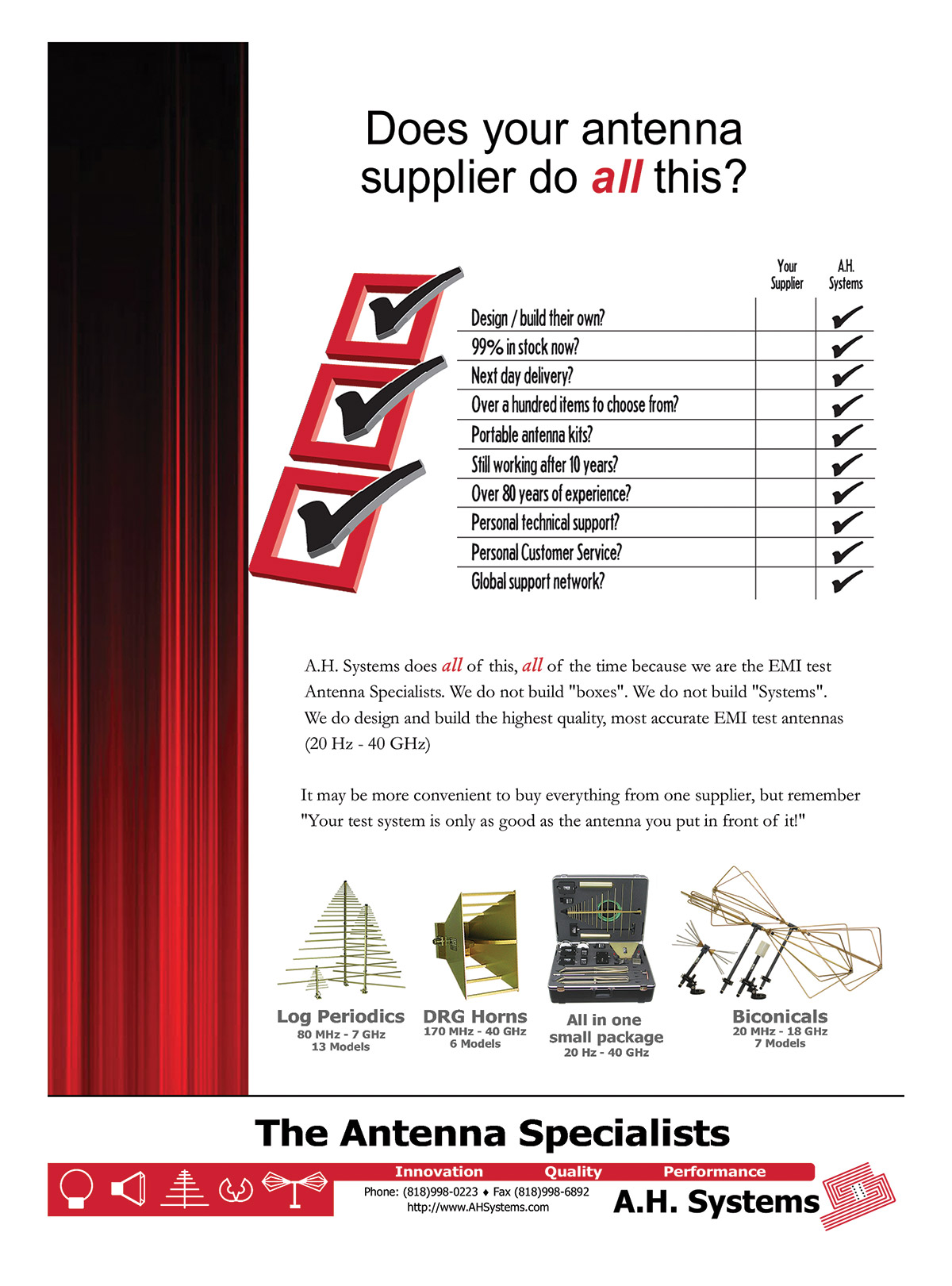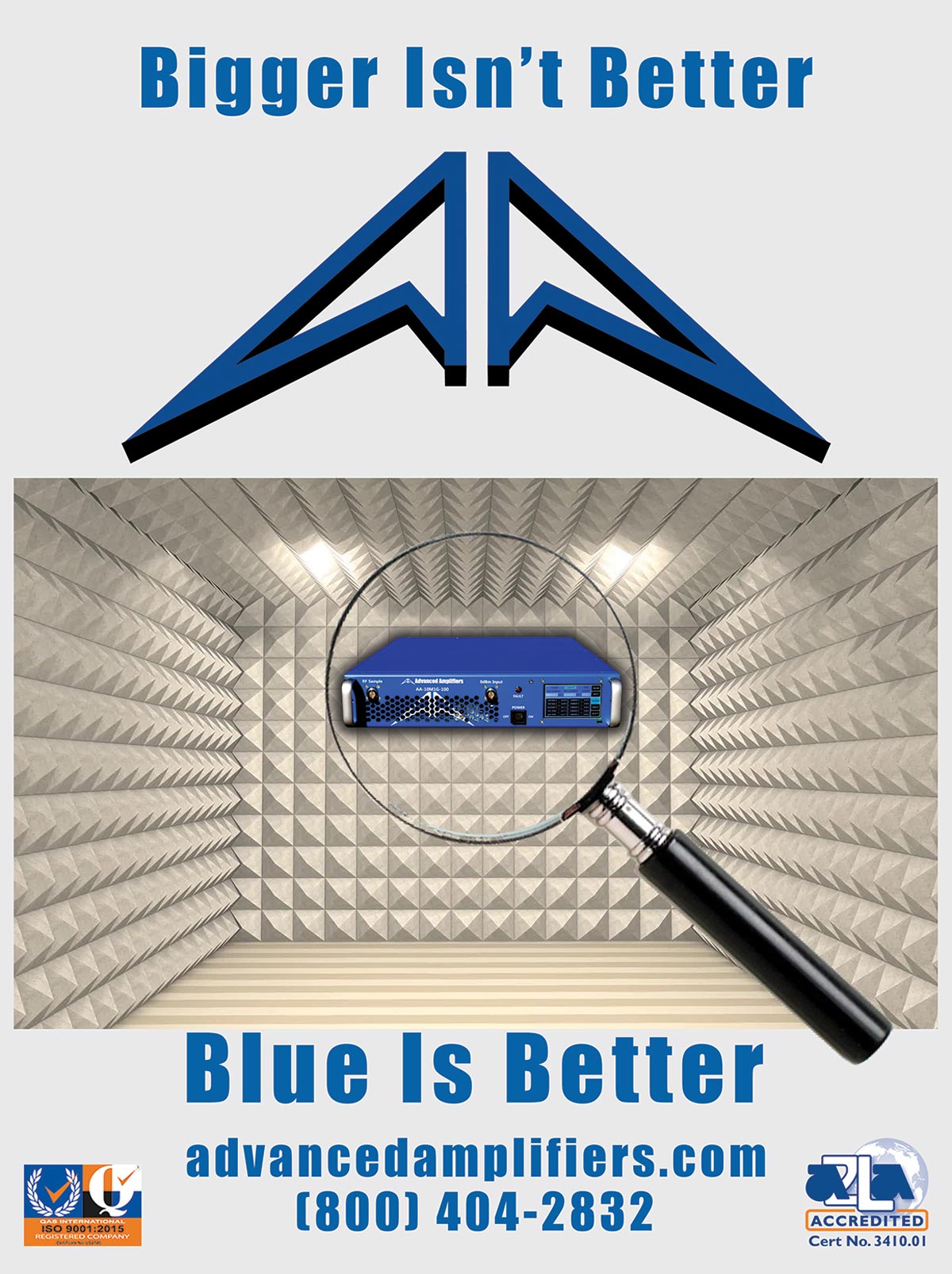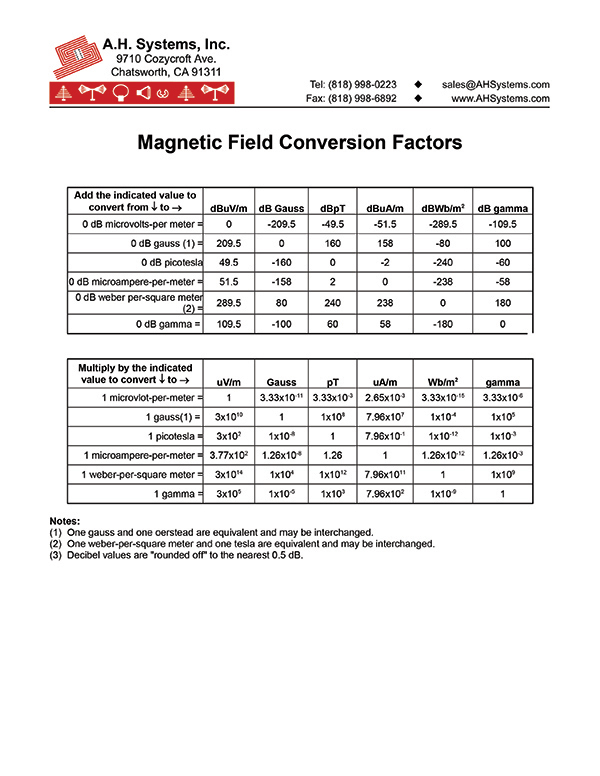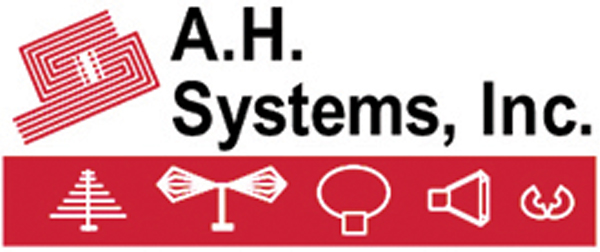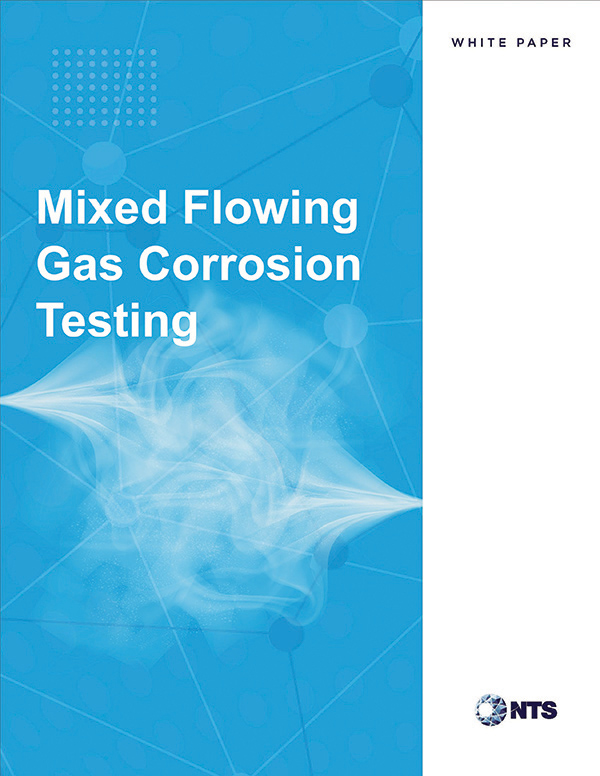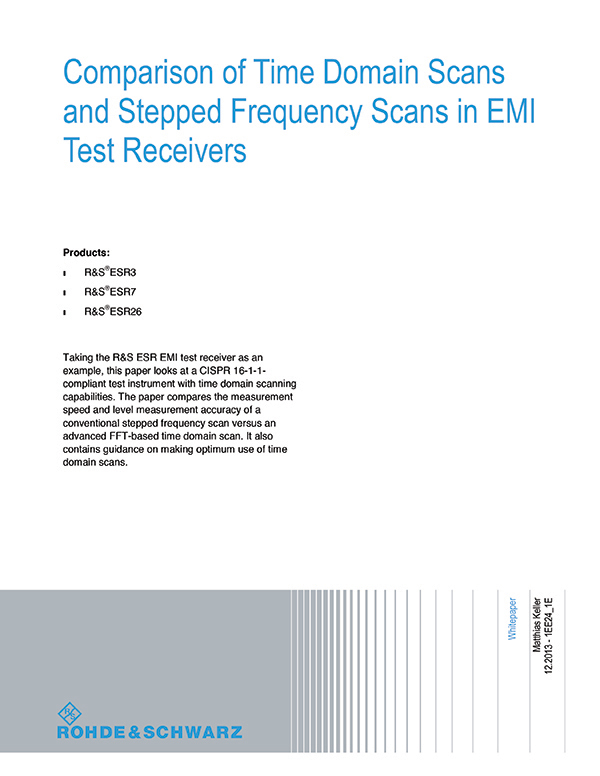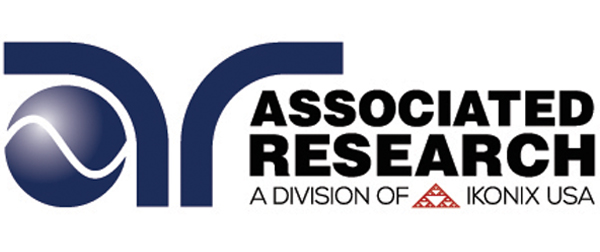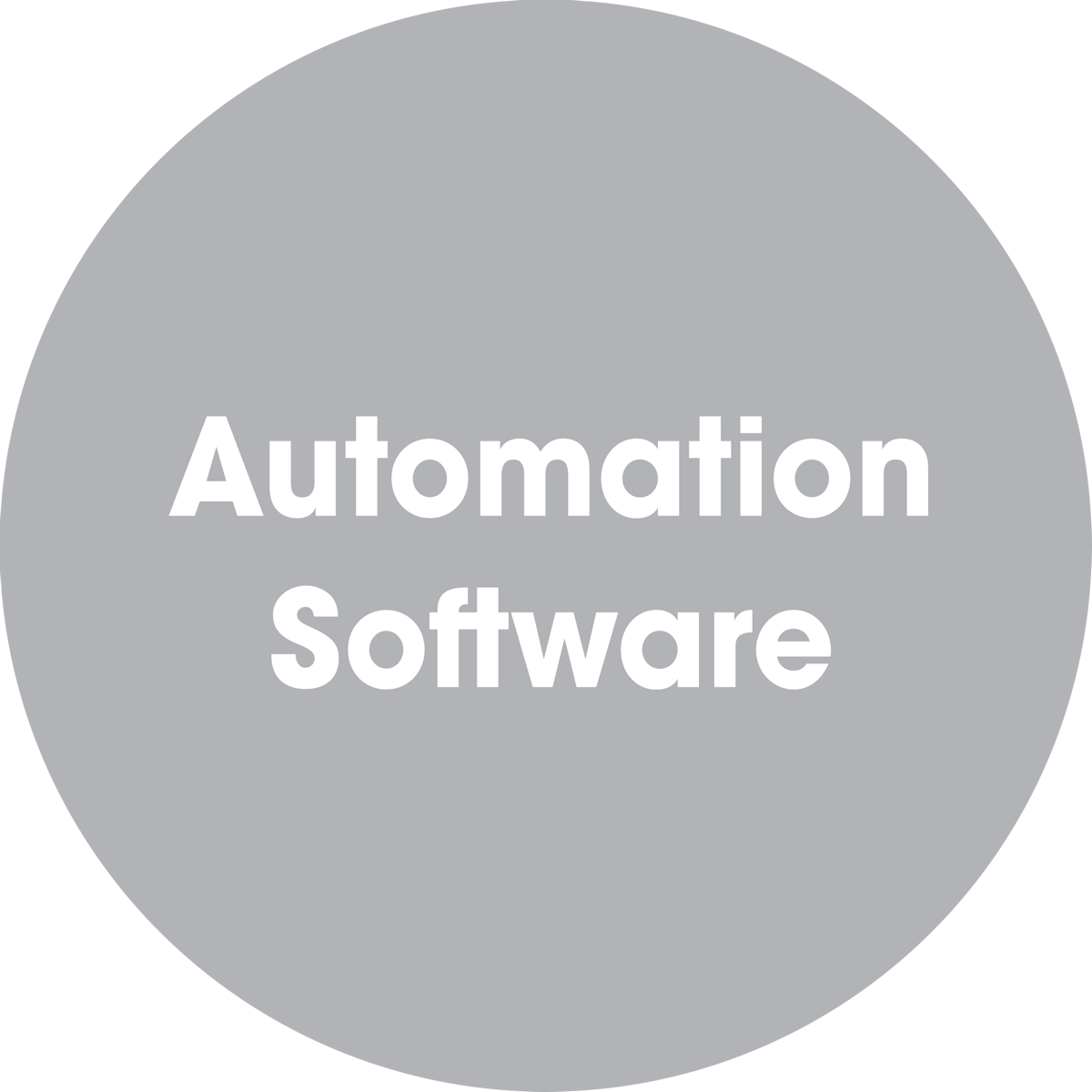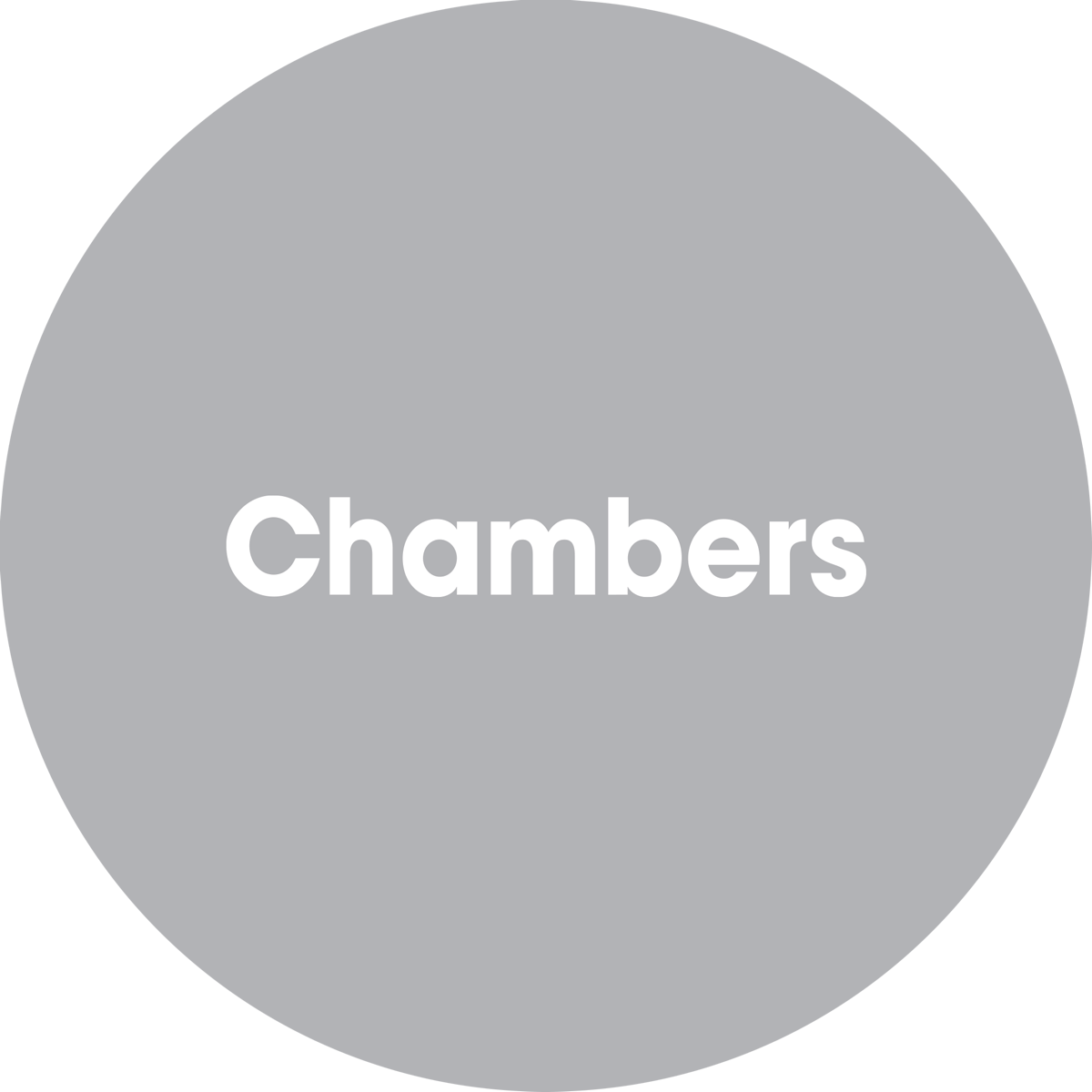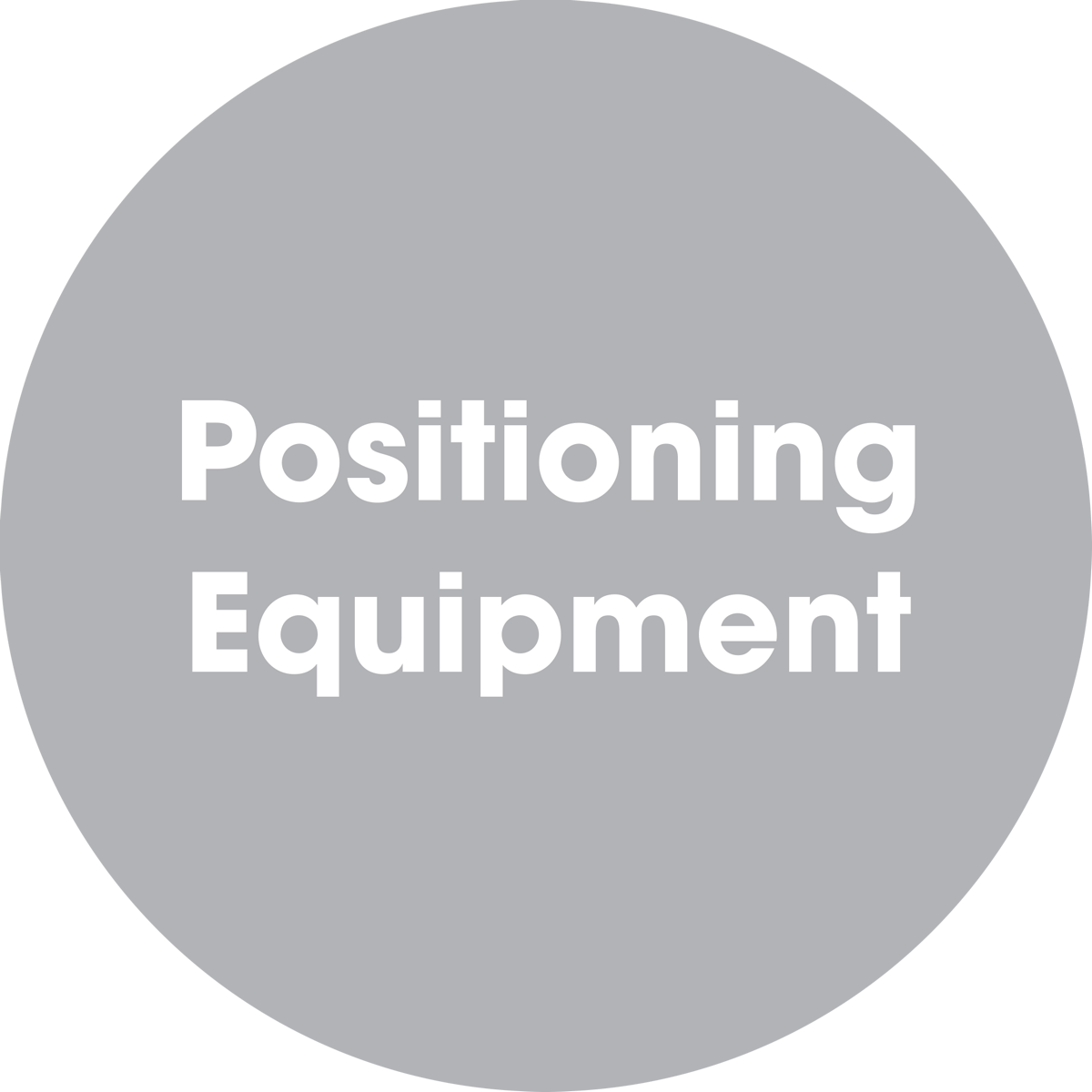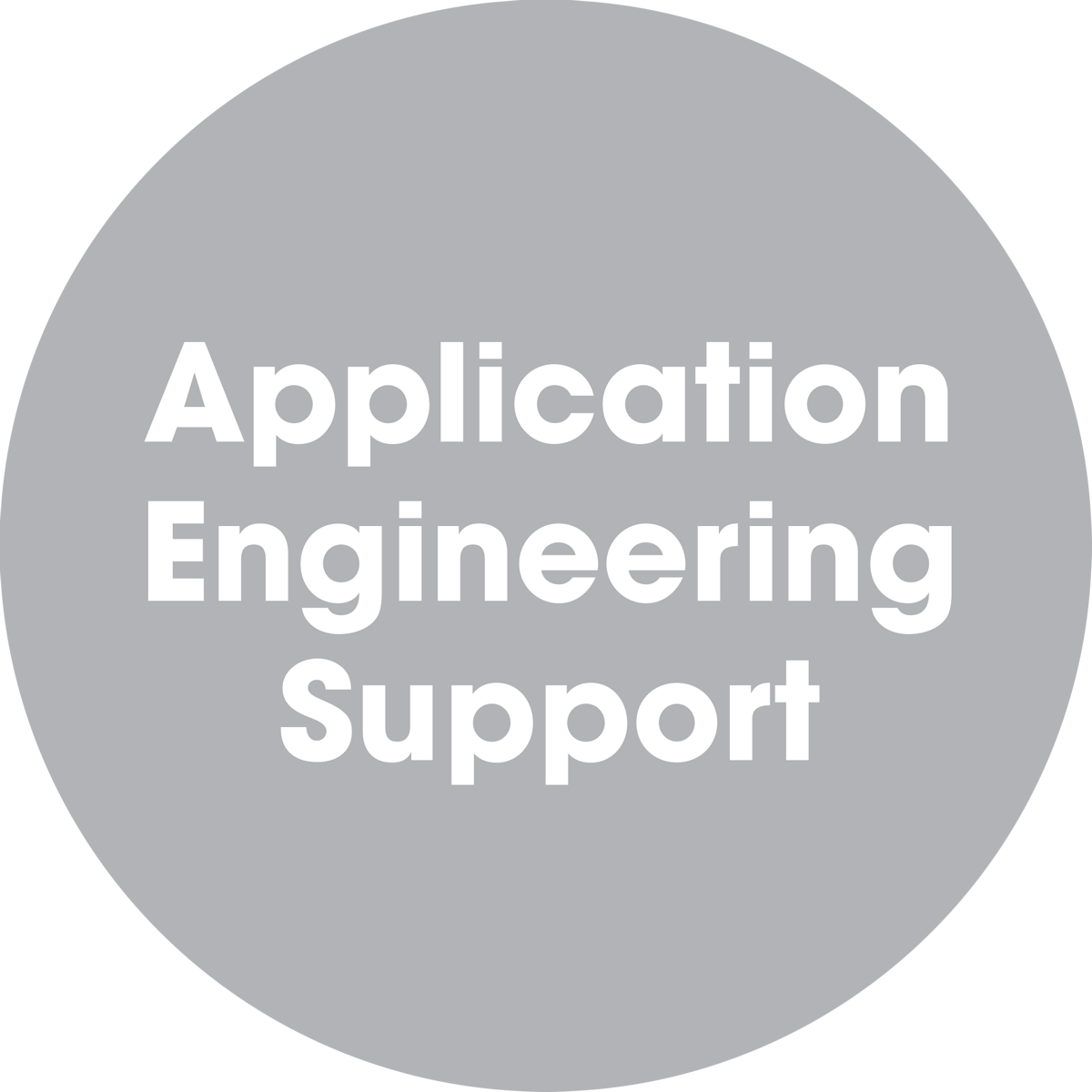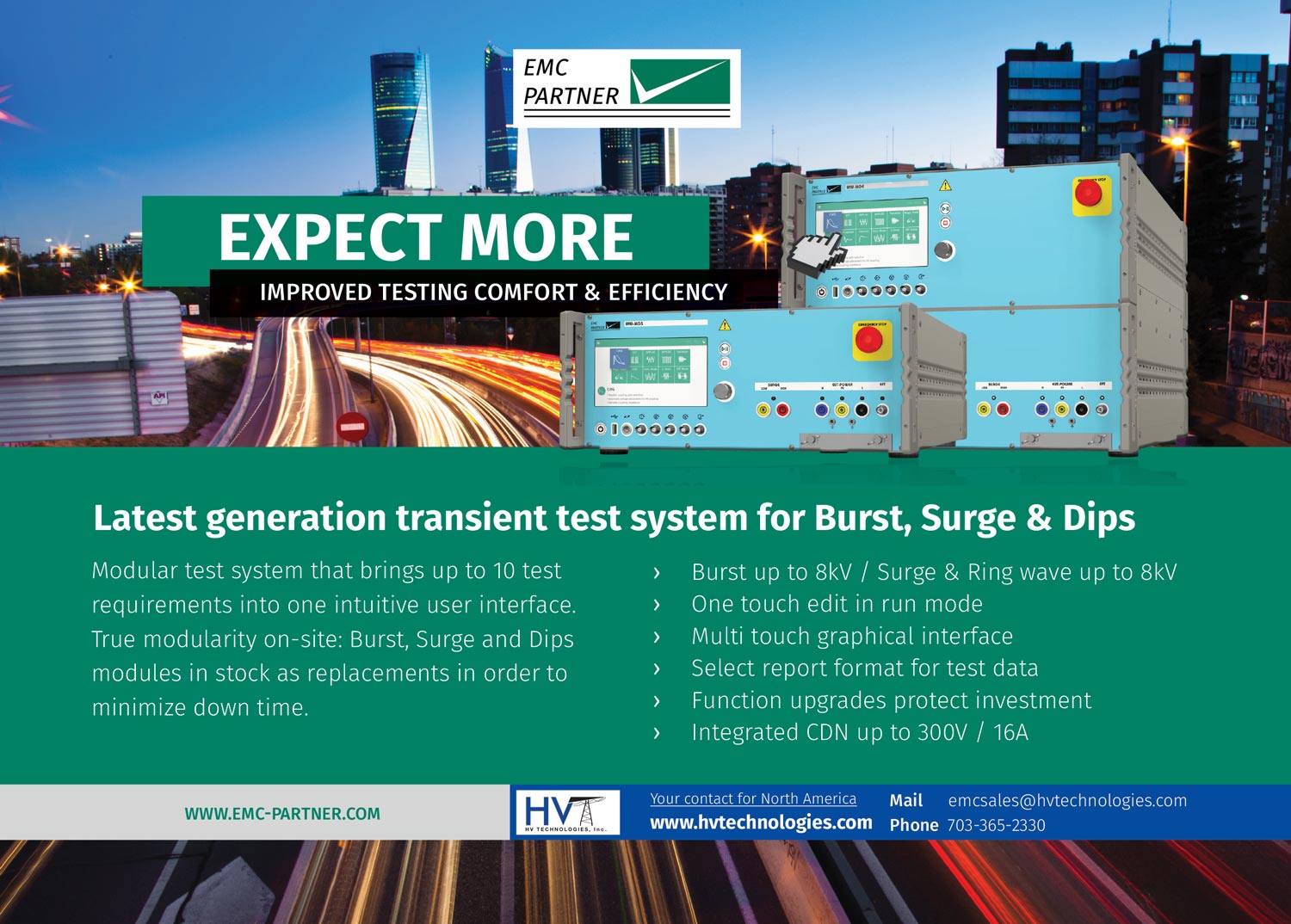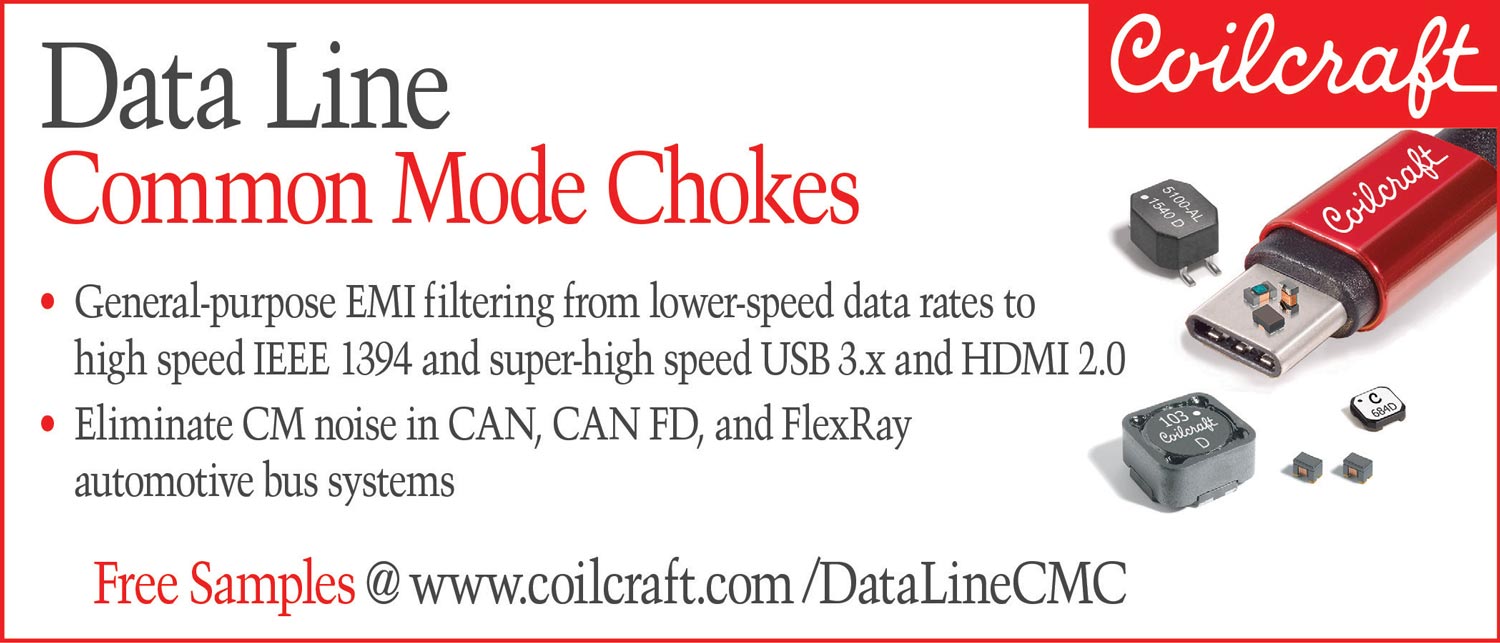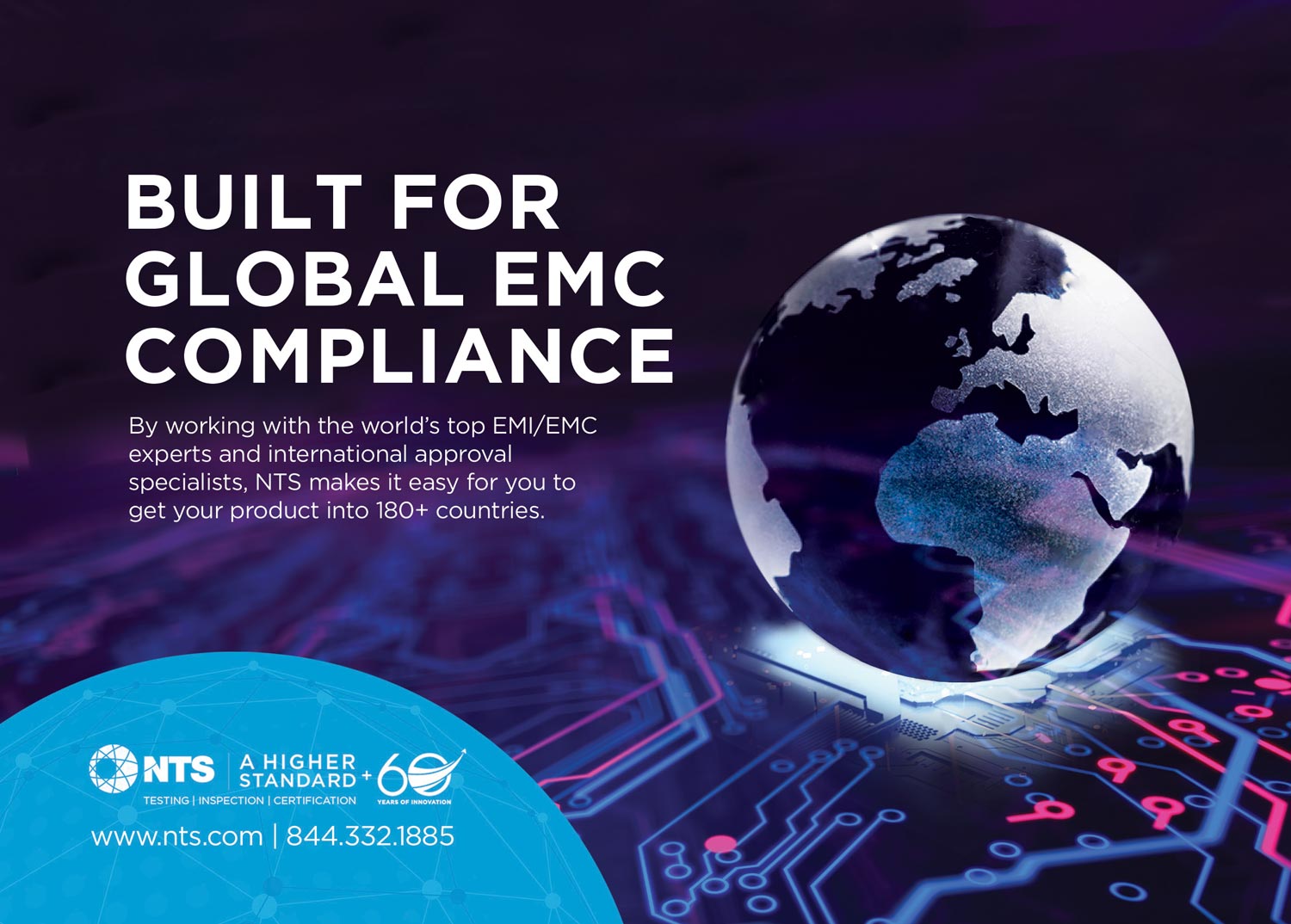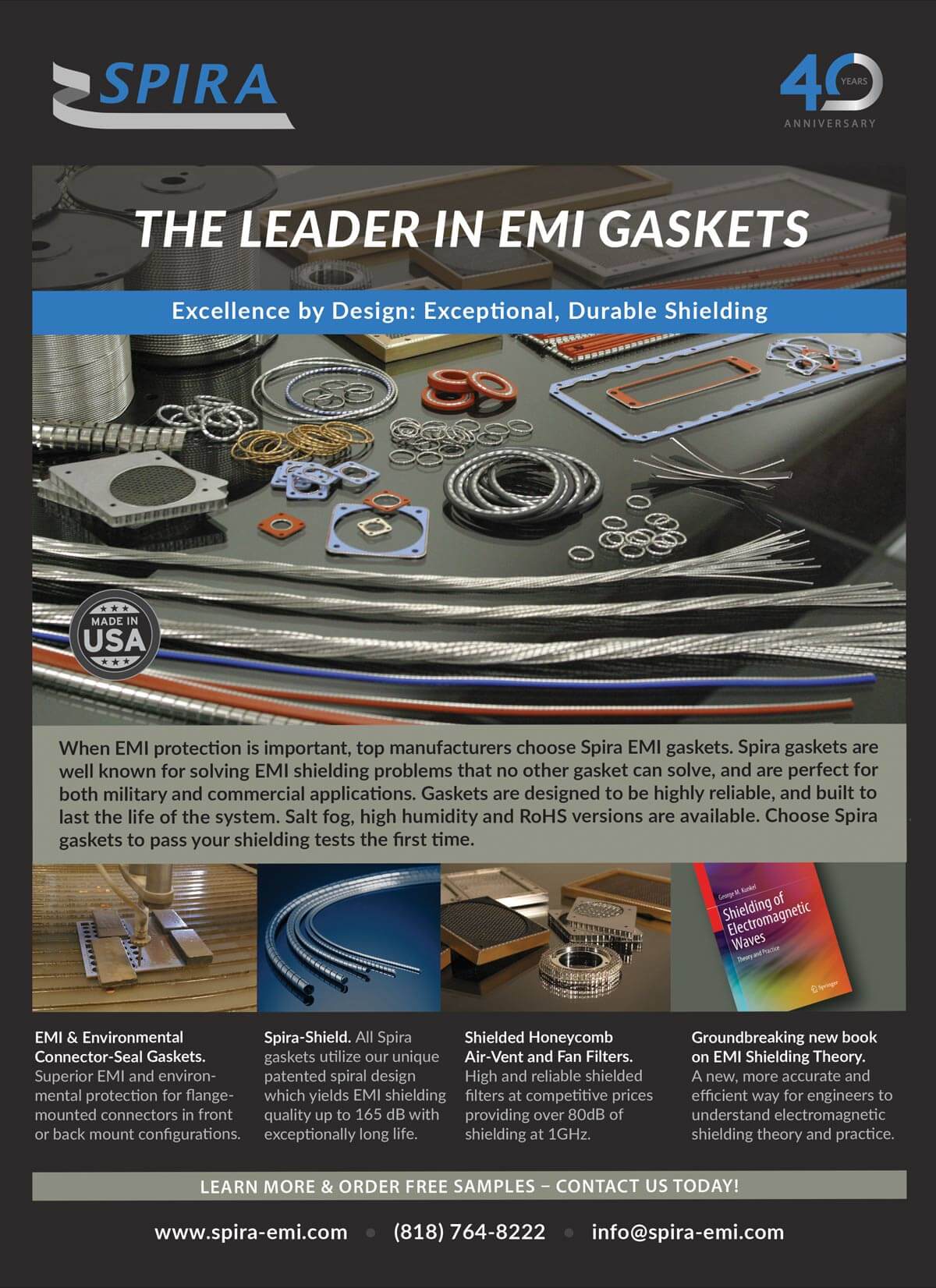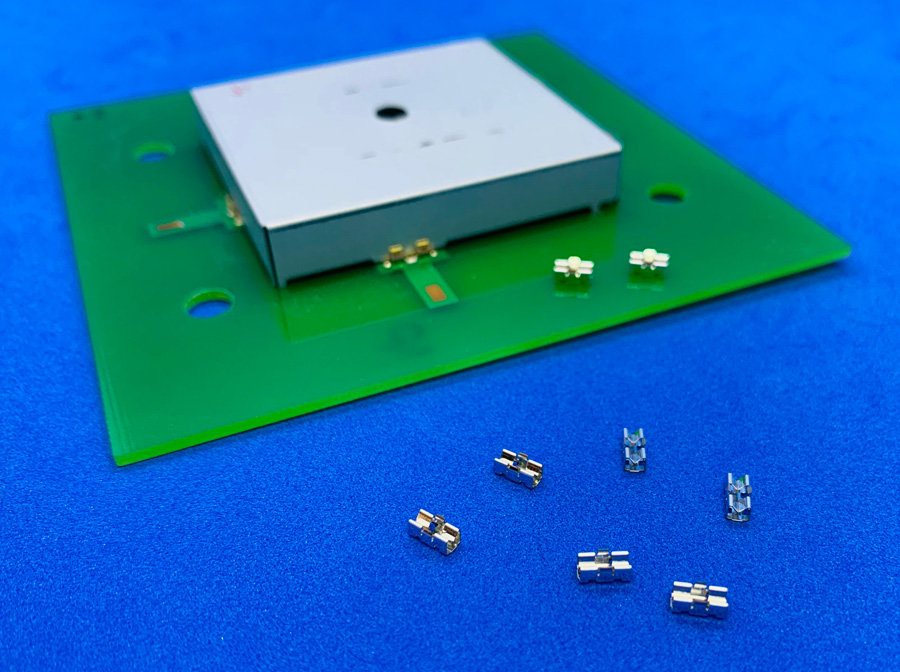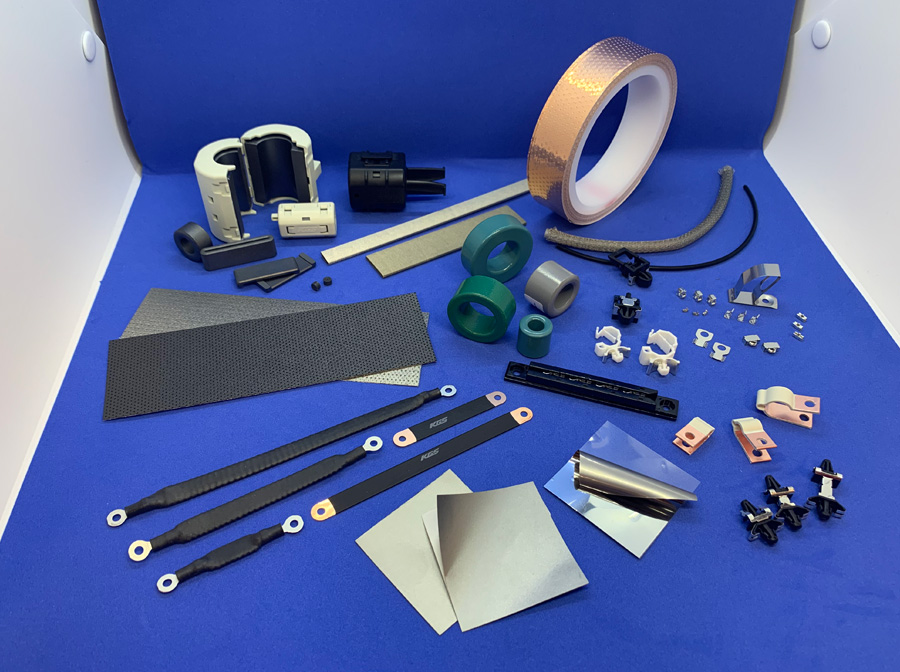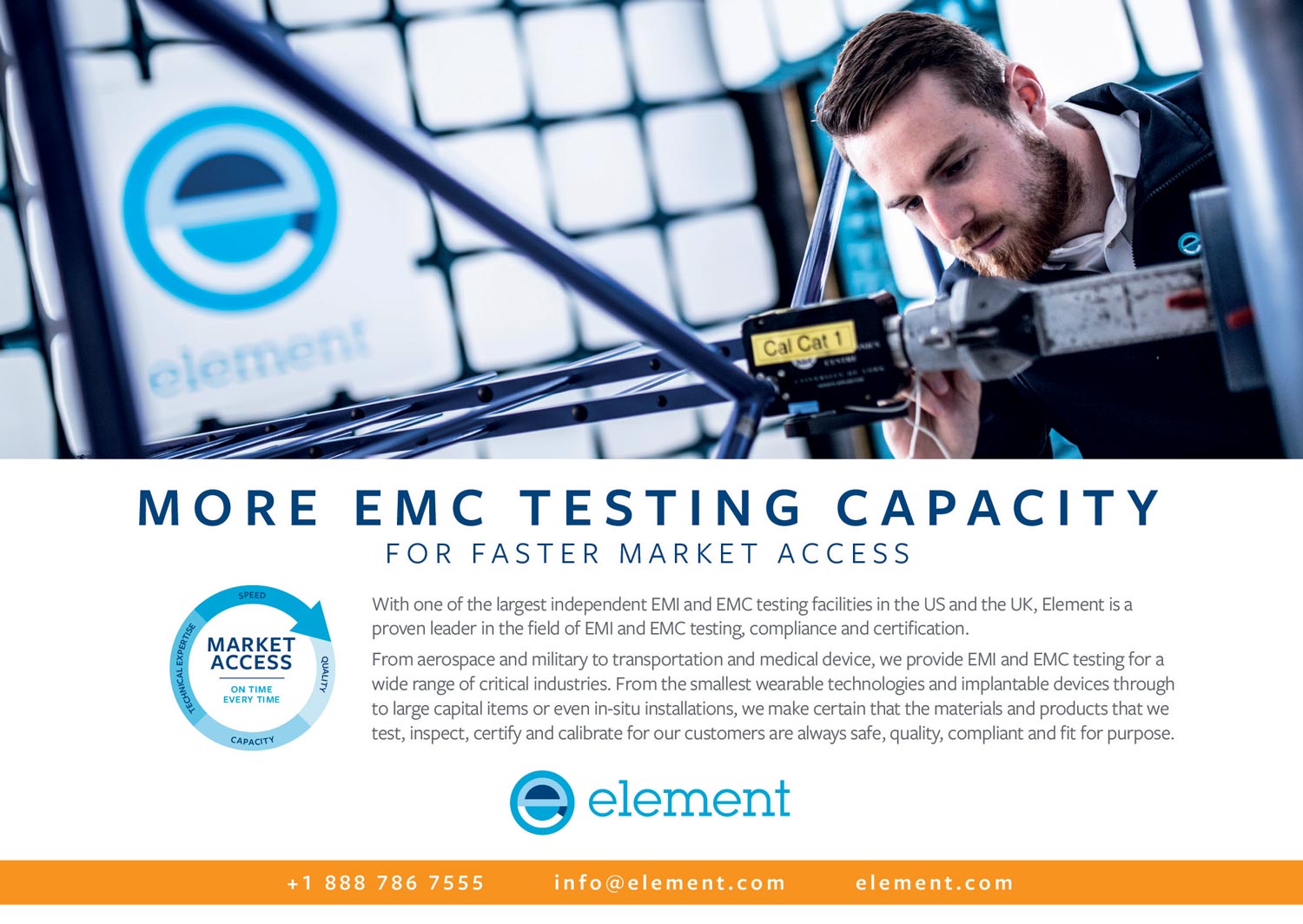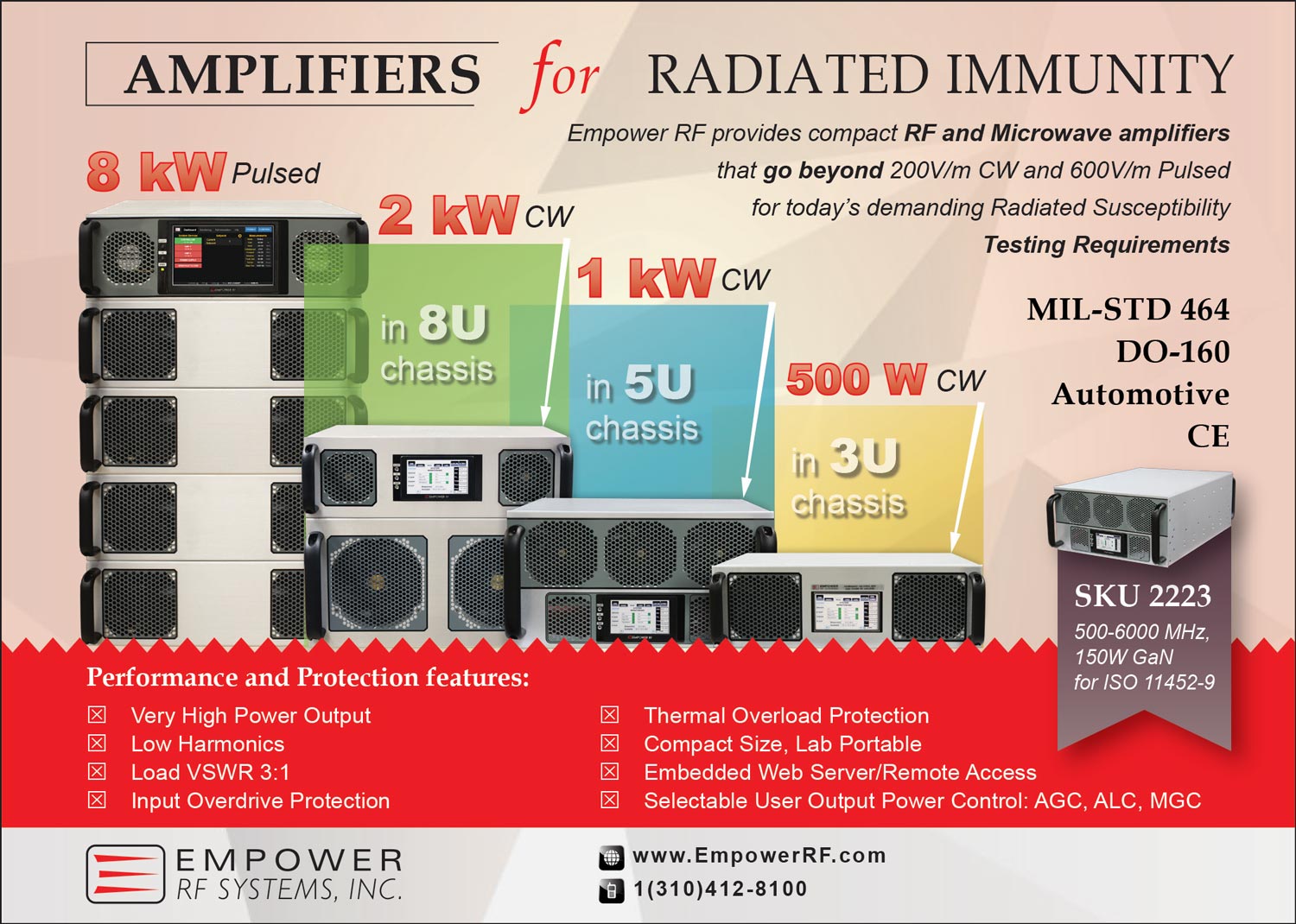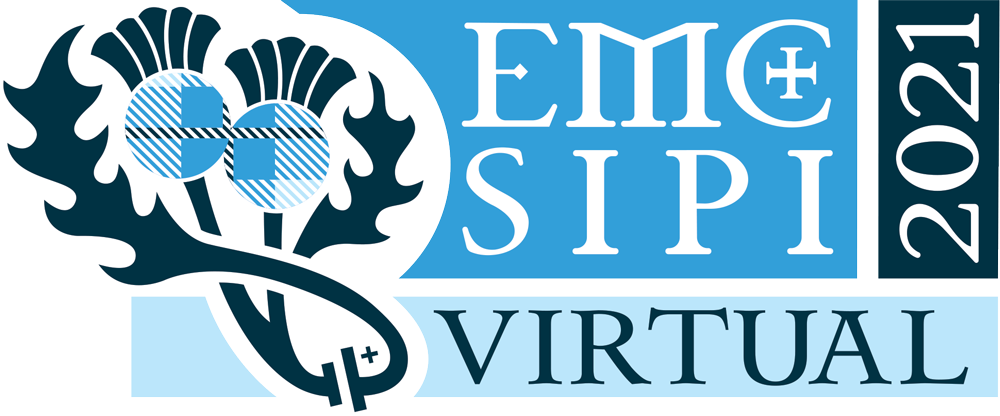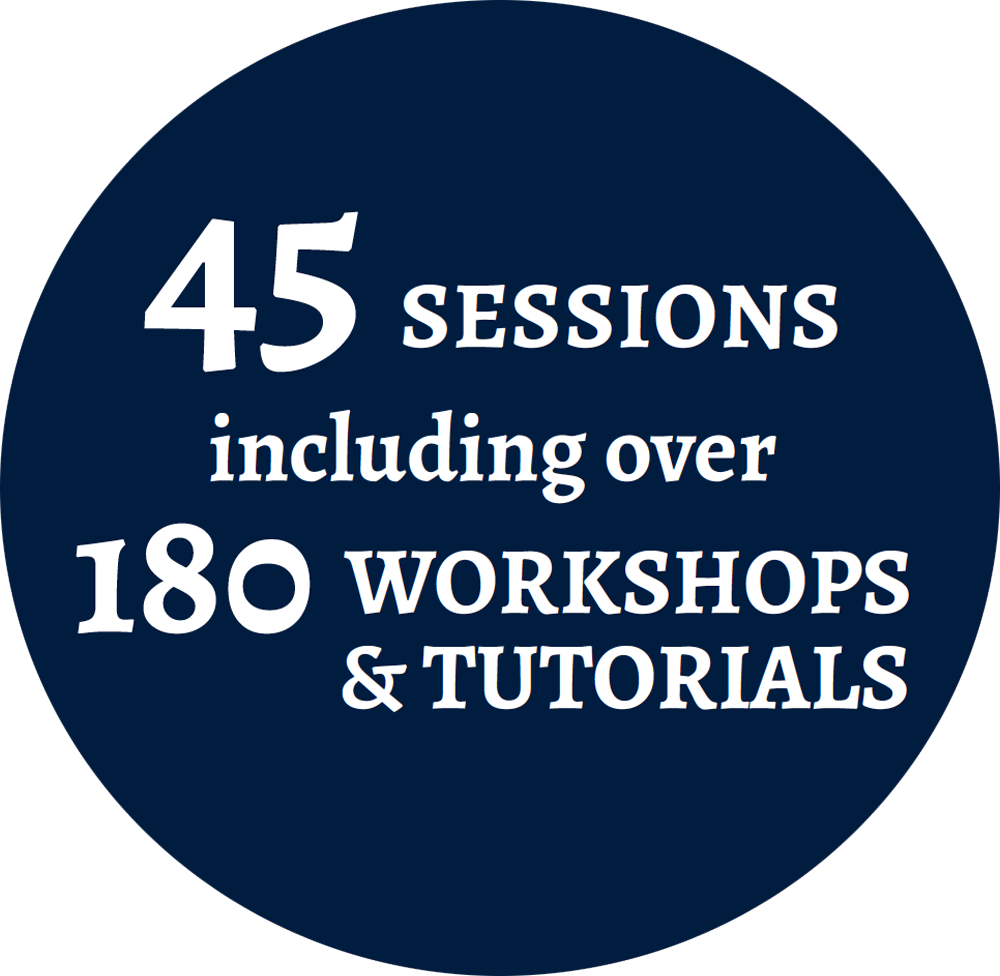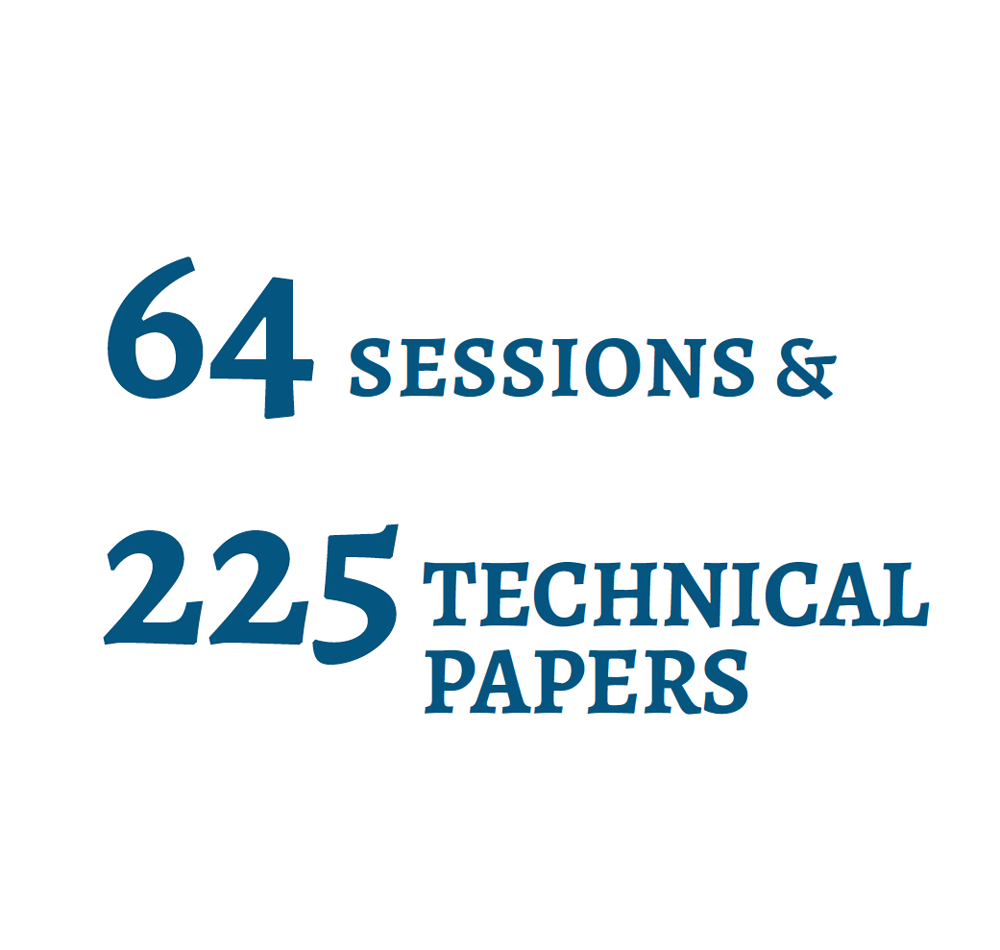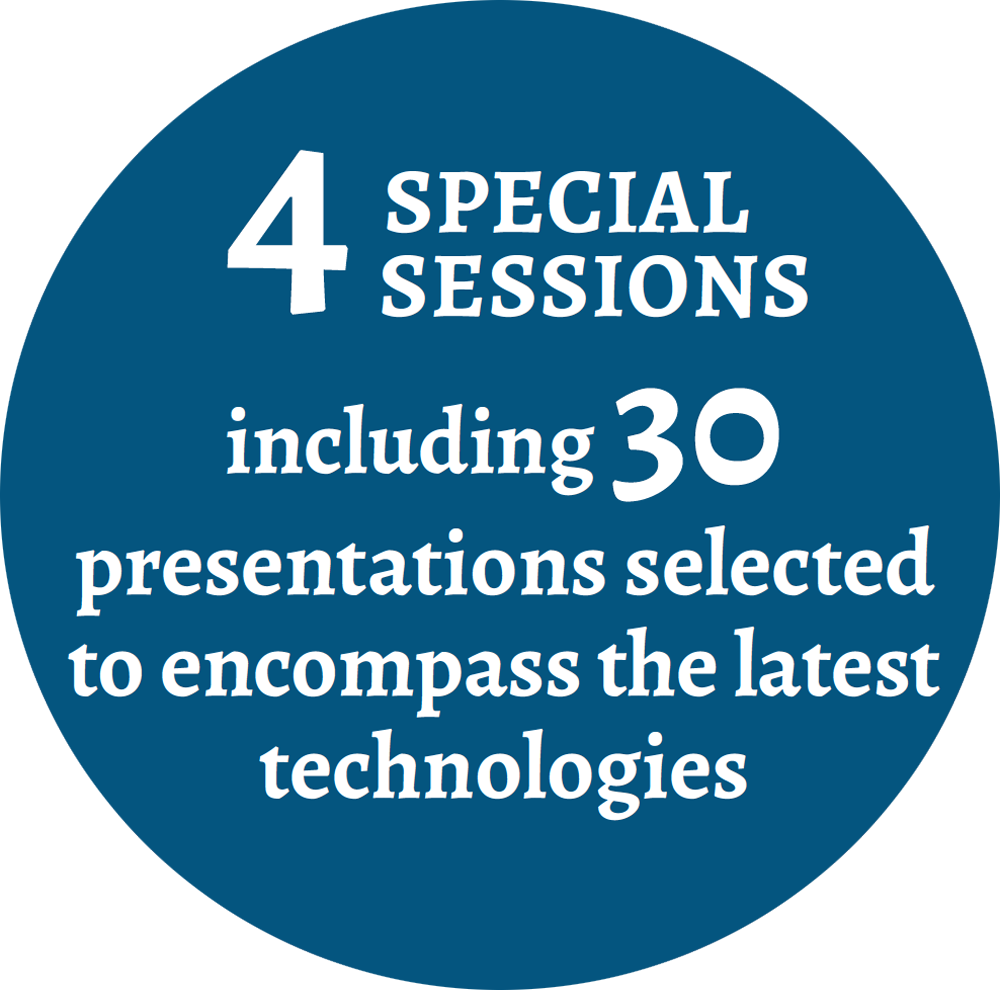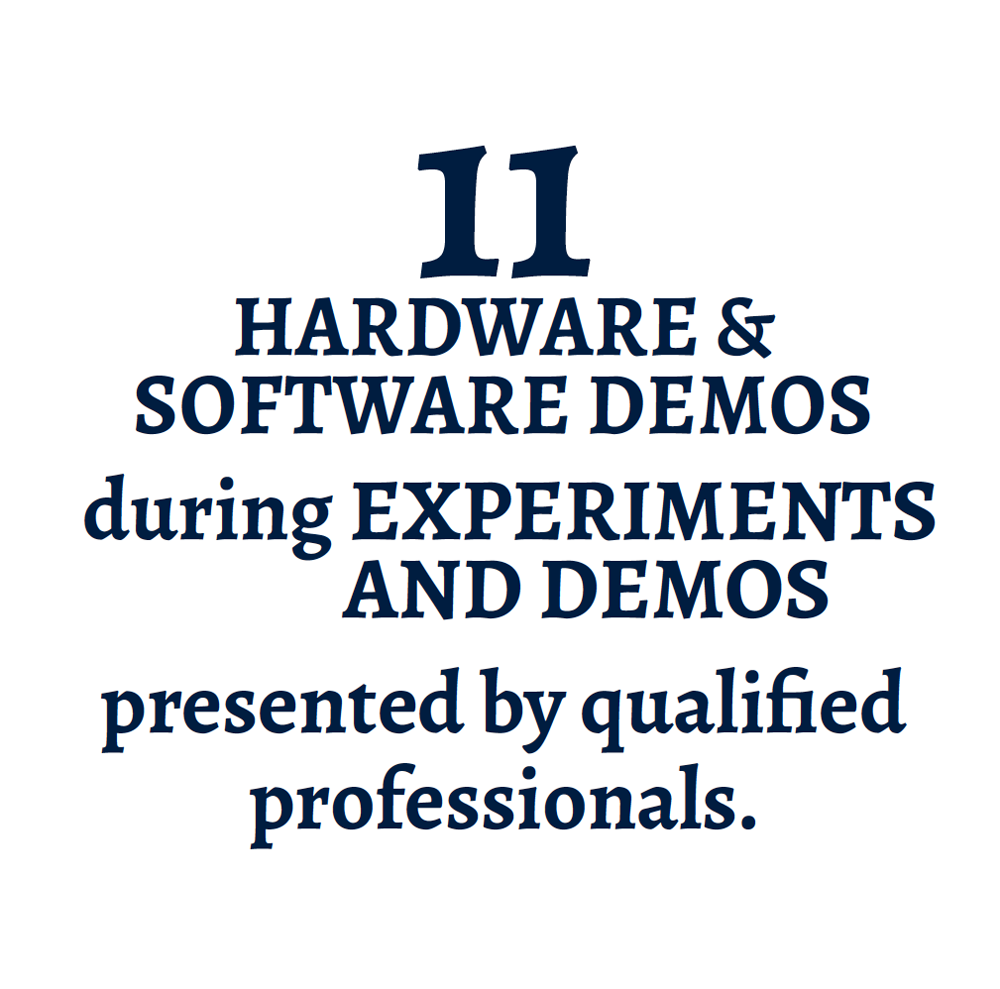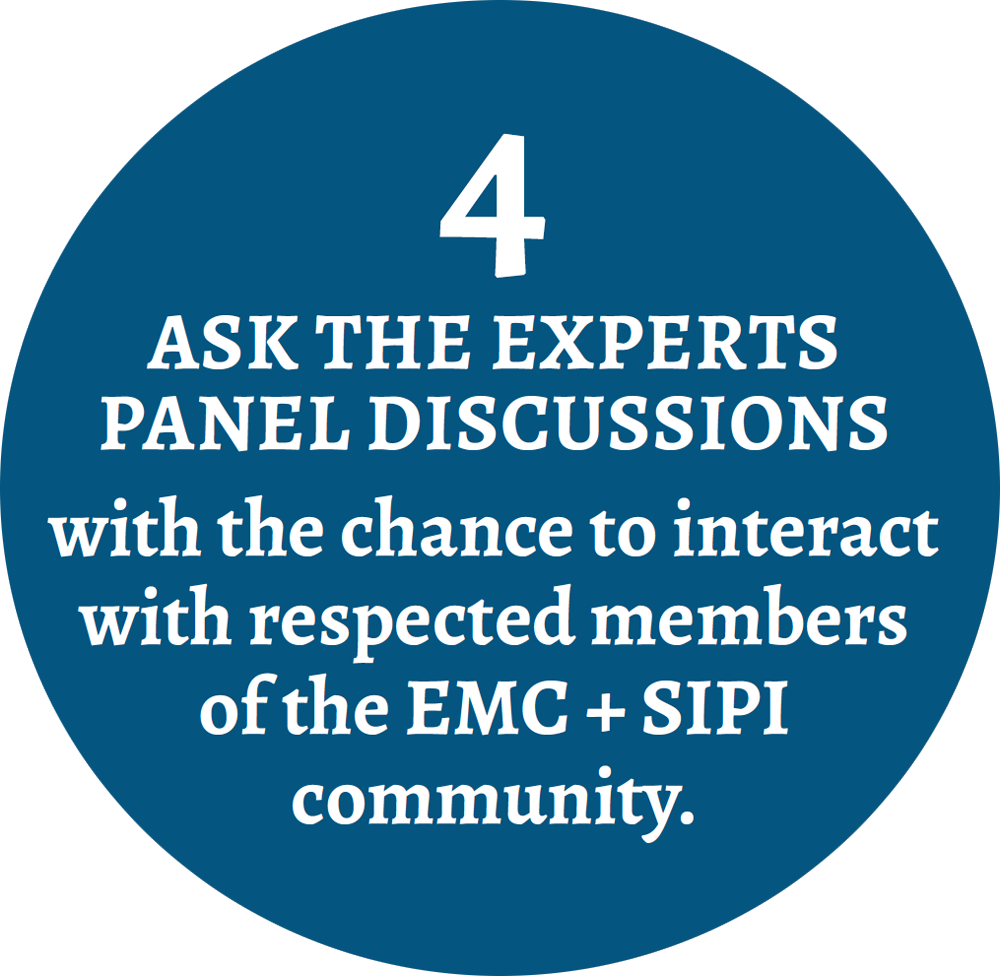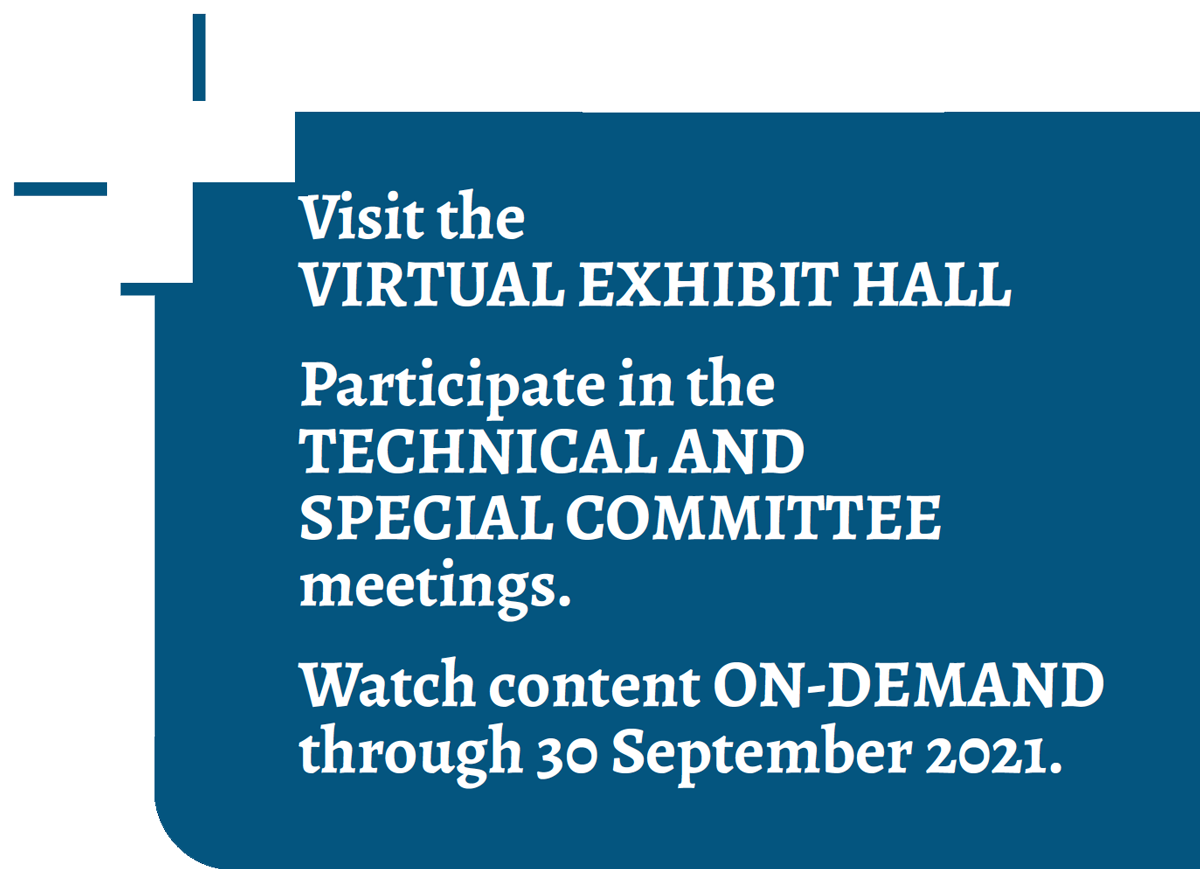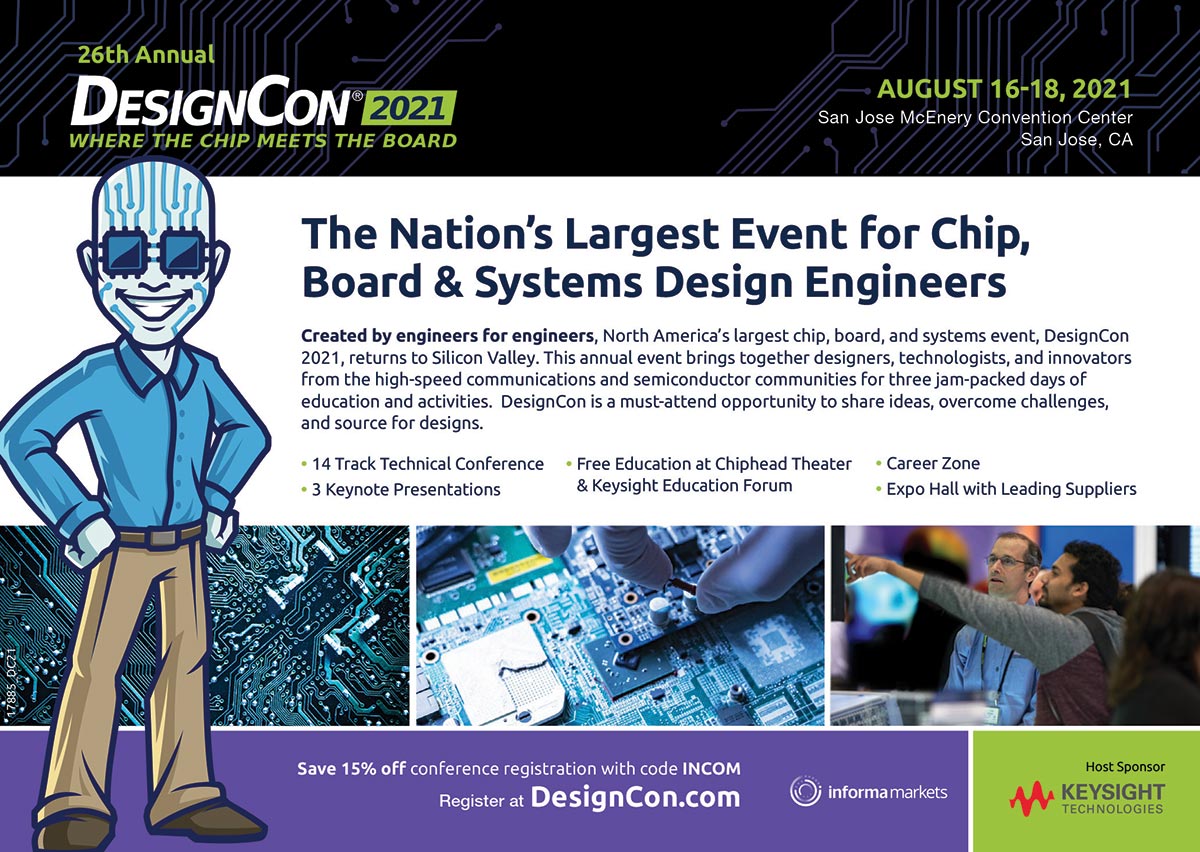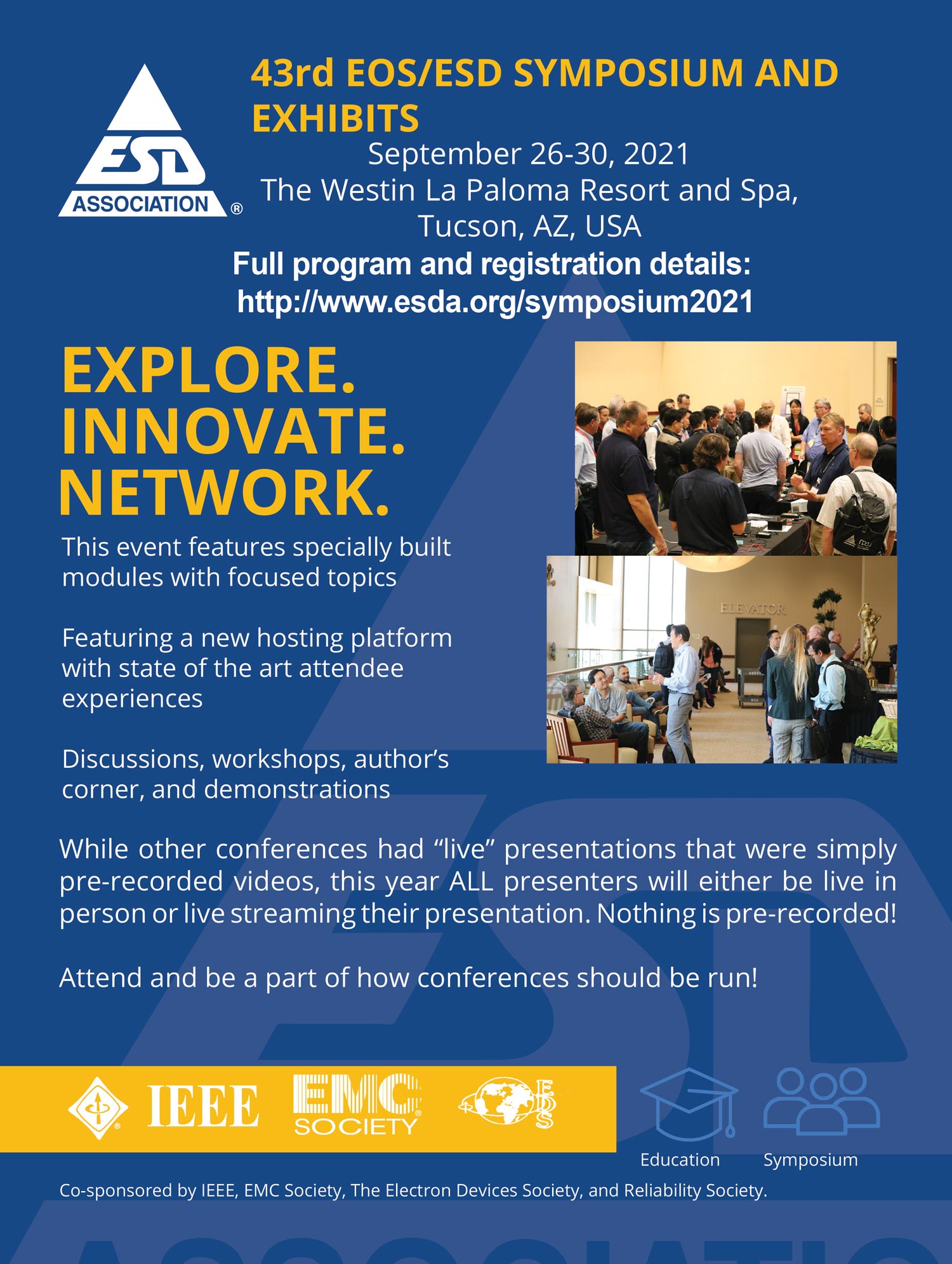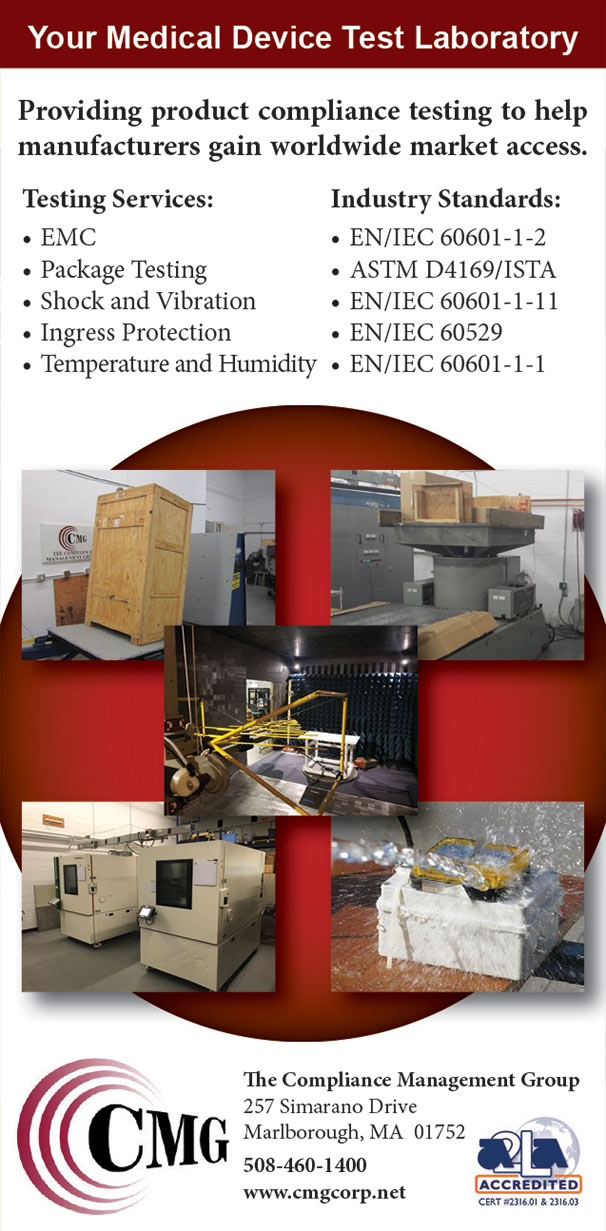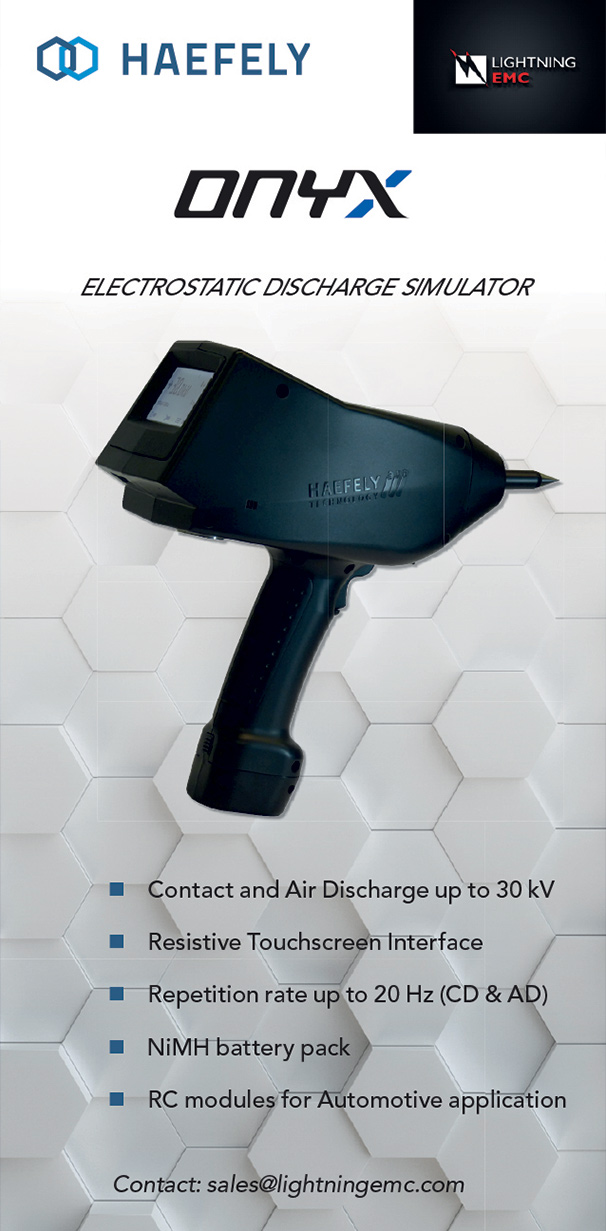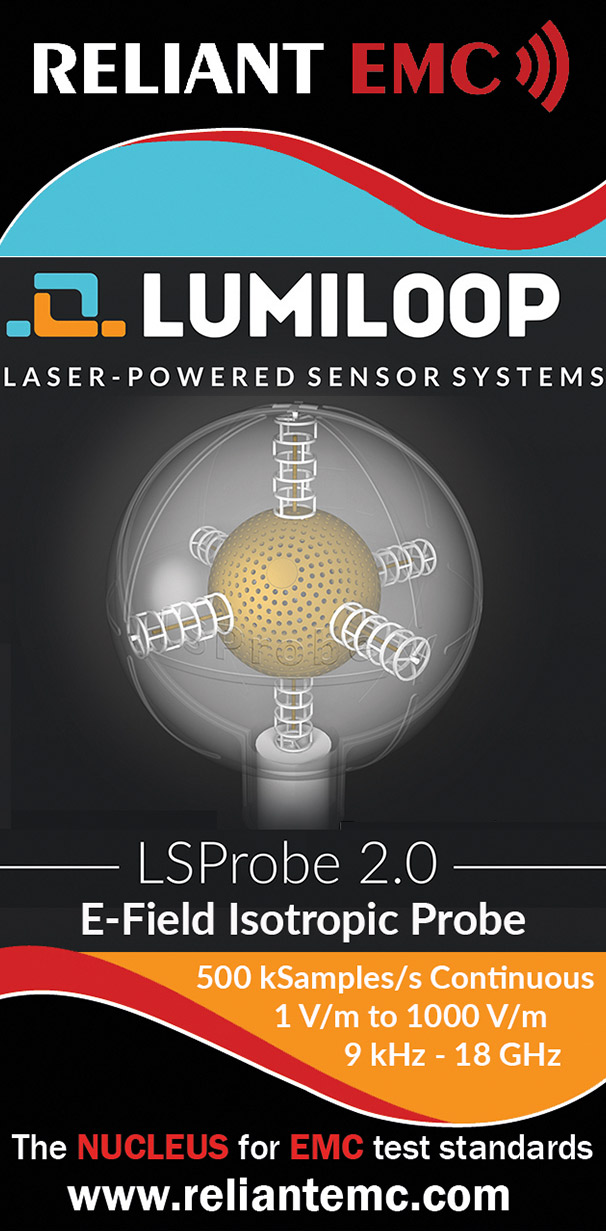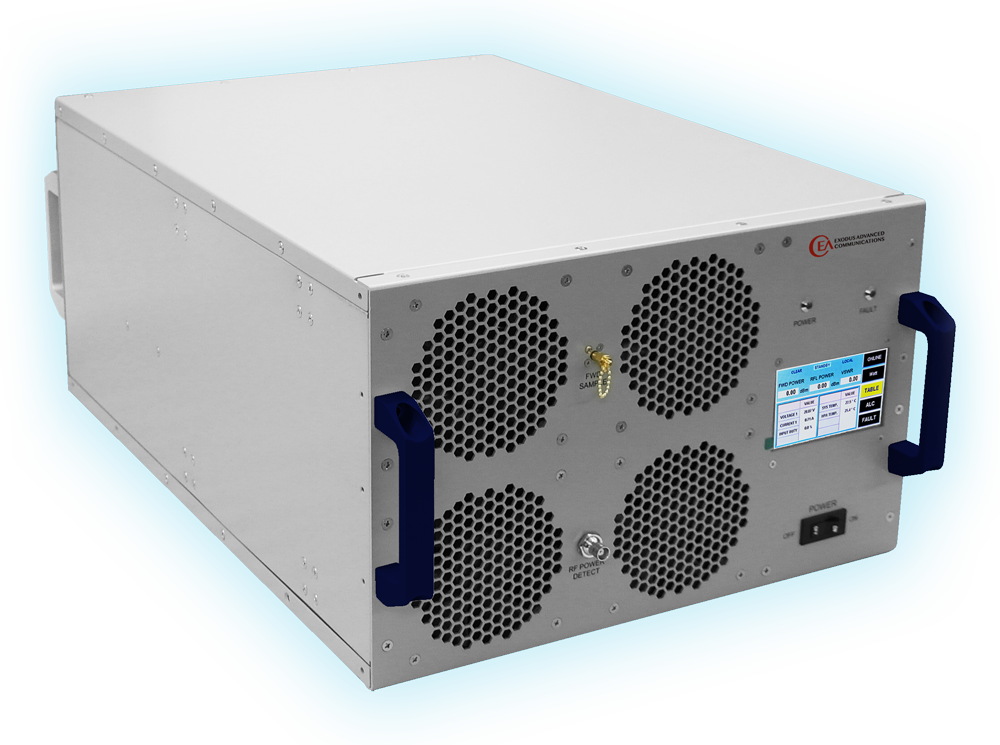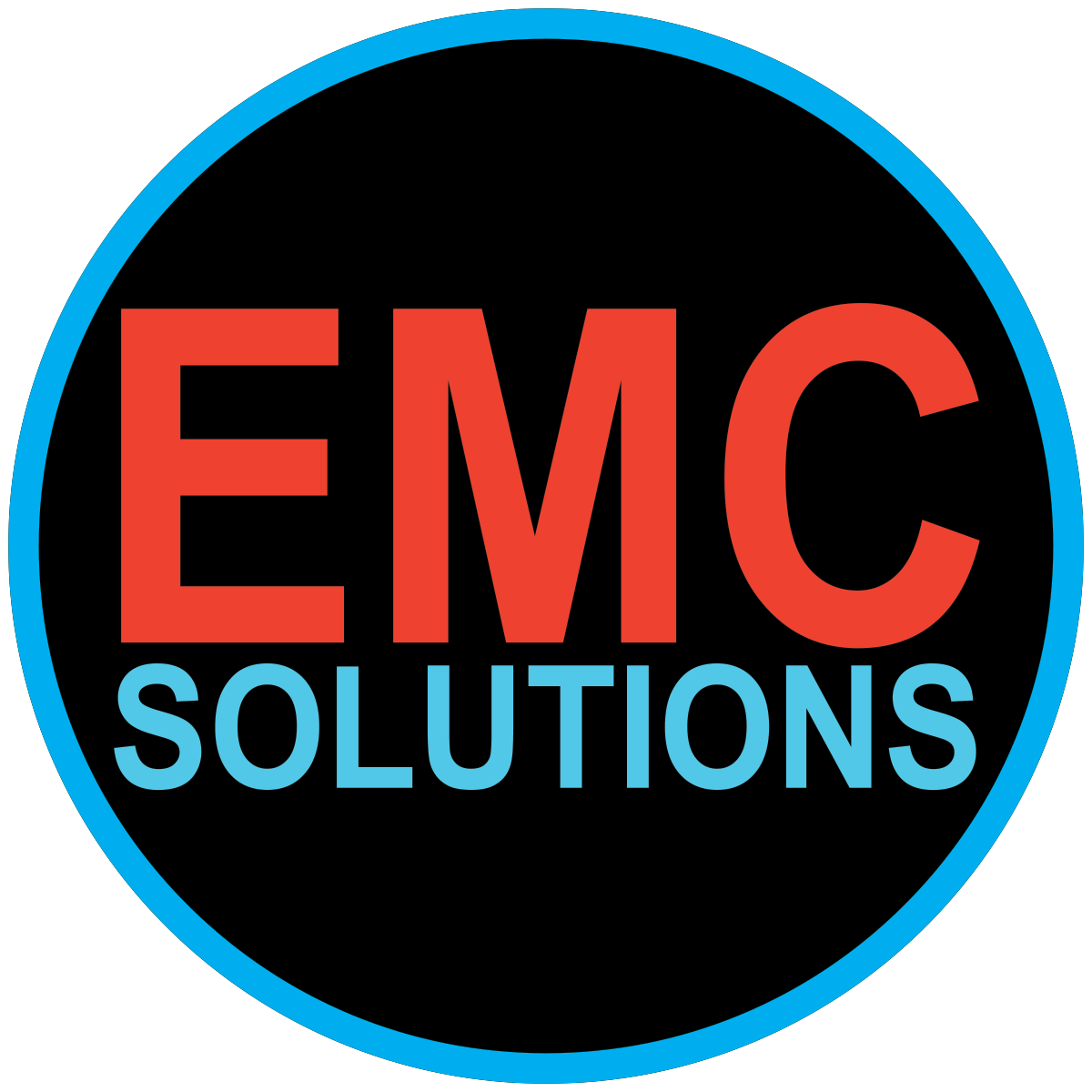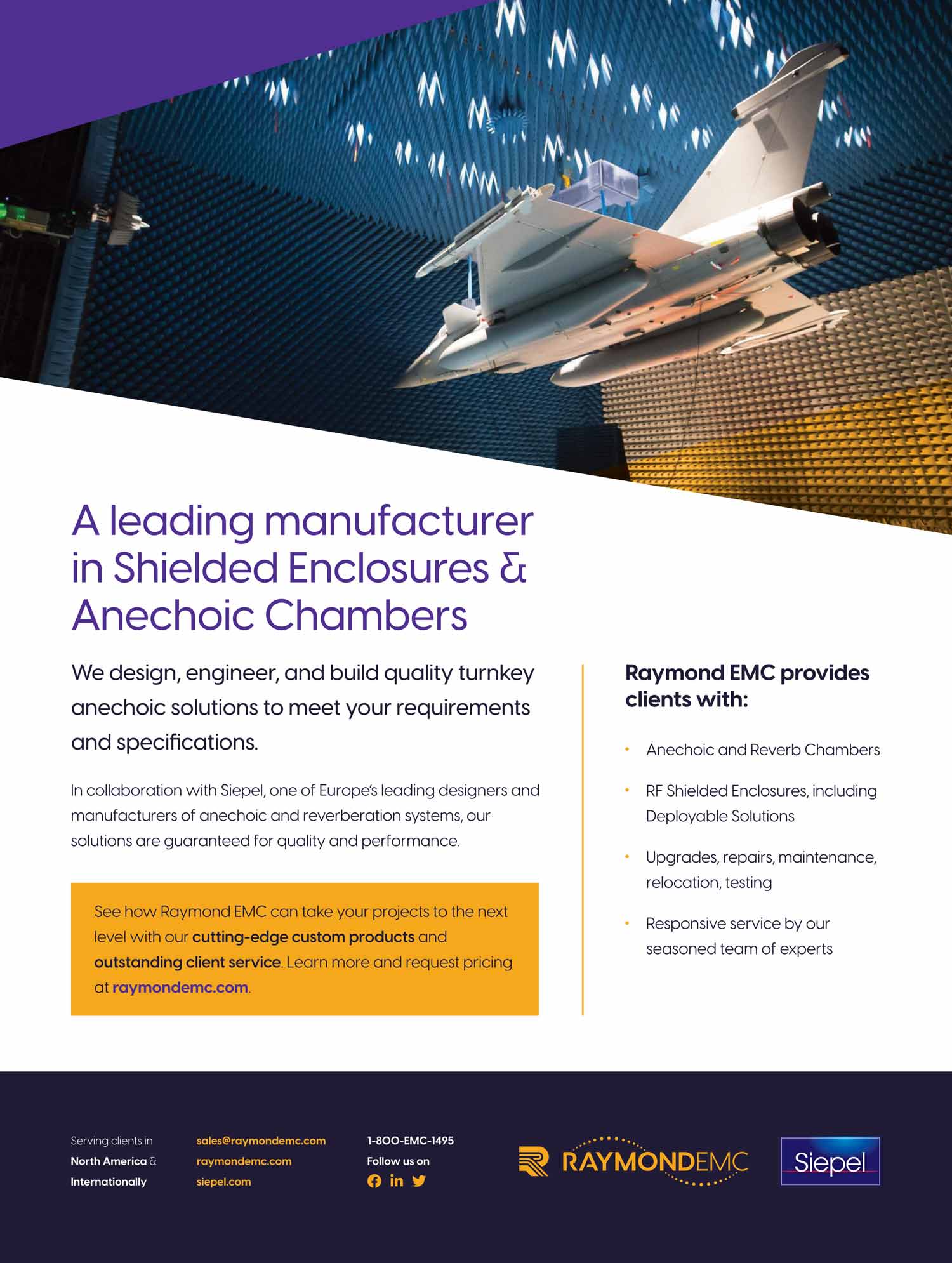
Susceptibilities?
The American National Standards Committee on EMC – C63®
Exporting Radio Equipment to Saudi Arabia: A Look at the Law
The American National Standards Committee on EMC – C63®
Exporting Radio Equipment to Saudi Arabia: A Look at the Law

ISSN 1948-8254 (print)
ISSN 1948-8262 (online)
is published by
Same Page Publishing Inc.
451 King Street, #458
Littleton, MA 01460
tel: (978) 486-4684
fax: (978) 486-4691
©Copyright 2021 Same Page Publishing, Inc. all rights reserved
Contents may not be reproduced in any form without the prior consent of the publisher.
While every attempt is made to provide accurate information, neither the publisher nor the authors accept any liability for errors or omissions.
publisher
bruce@brucearch.com
keith.armstrong@
cherryclough.com
Leo@EisnerSafety.com
dgerke@emiguru.com
ken.javor@emcompliance.com
kenrossesq@gmail.com
wernerschaefer@comcast.net
Subscriptions outside North America are $129 for 12 issues. The digital edition is free.
Please contact our circulation department at circulation@incompliancemag.com

white paper provided by

According to an Order issued by the FCC, the Emergency Broadband Benefit Program will offer consumers discounts of up to $50 per month on their broadband services, as well as a one-time $100 discount on the purchase of a laptop, desktop, or tablet computer from participating providers. The discounts are available until the $3.2 billion in federal funding…
The FDA’s “Third Party Review Organization Performance Report” summarizes the activity of third parties accredited by the FDA’s Accredited Persons Program who completed at least five 510(k) submissions in each federal fiscal year between October 1, 2017, and March 31, 2018.
Created under the scope of the FDA Modernization Act of 1997, the FDA’s Accredited Persons Program…

Other ar companies: modular rf • sunar rf motion • ar europe
Other ar companies: modular rf • sunar rf motion • ar europe
make your EMC testing.

For more information on AR Amplifiers visit us at www.arworld.us/systems or call 215-723-8181.
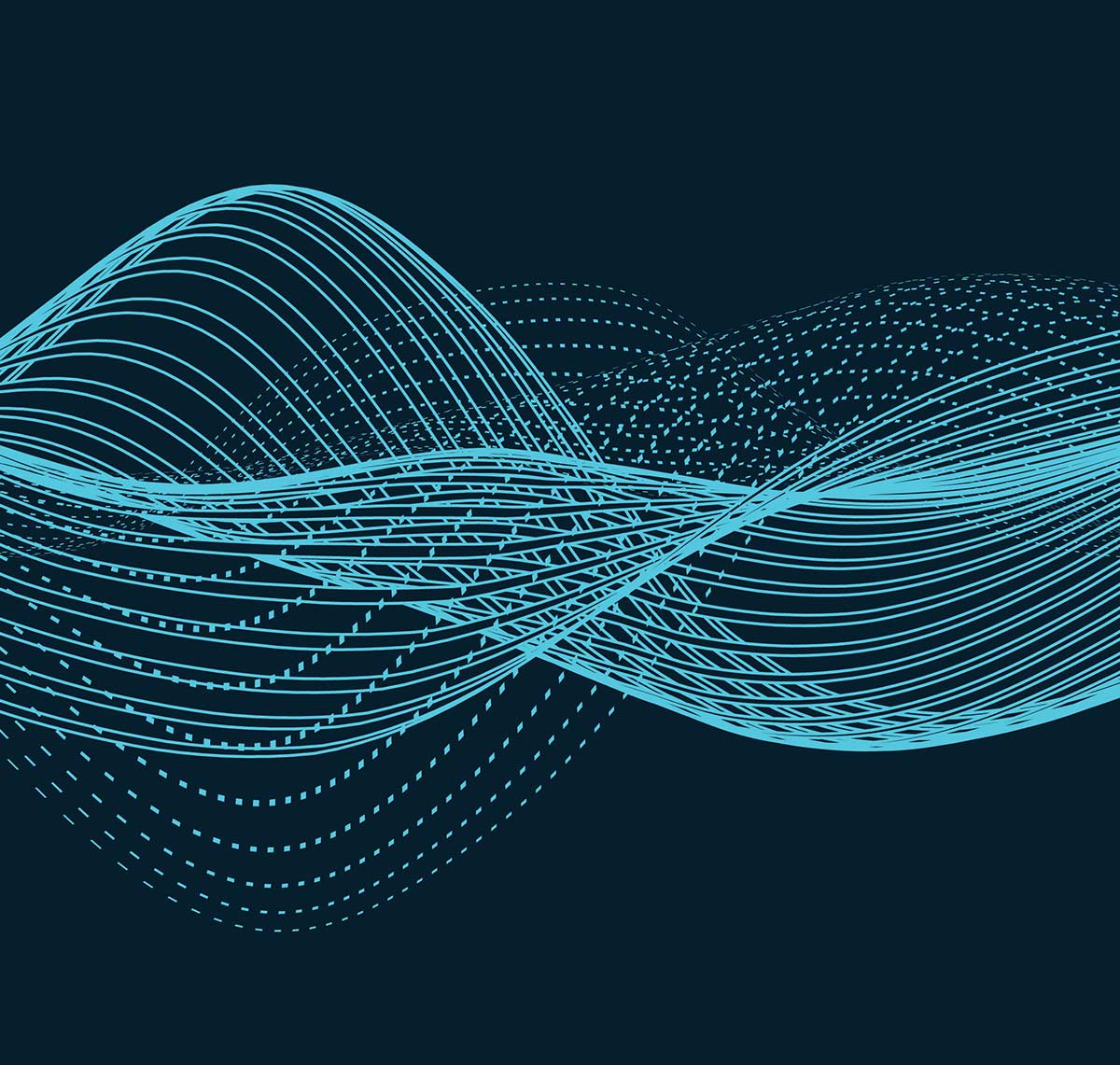
Editor’s Note: The paper on which this article is based was originally presented at the 2020 IEEE International Symposium on Electromagnetic Compatibility & Signal/Power Integrity (EMC, SI & PI), where it received recognition as the Best Symposium Paper. It is reprinted here with the gracious permission of the IEEE. Copyright 2021 IEEE.
CISPR Publication 24 [1] allows the use of 1% or 4% frequency steps when testing a product for immunity to both radiated RF disturbances and conducted RF disturbances in the frequency range from 150 kHz to 1 GHz. When testing using 4% steps, the disturbance voltage level is doubled. This is a 6 dB increase. CISPR Publication 35 [2] has carried forward the same testing option. CISPR 35 currently includes spot frequency tests above 1 GHz rather than swept frequency tests. However, other standards such as the ETSI EN 301 489‑1 [3] implement swept frequency testing above 1 GHz. A swept frequency test from 1 GHz to 6 GHz is under consideration for inclusion in a future edition of CISPR 35.
During a February 2018 meeting of CISPR/I Maintenance Team 8 (MT8), a discussion about the necessity of 4% steps for certain products led to the question of whether it is valid to allow 4% testing at twice the disturbance level. Some of the experts expressed concern that this is a relaxation in the standard since susceptibilities could be missed using the wider step size.
From education to consulting, product testing to calibration, ETS-Lindgren has more than 700 dedicated experts, and over 60 independent representatives around the globe committed to the success of our customers – whether in Asia, Europe, the Middle East, or the Americas.
ETS-Lindgren’s world class excellence refers not only to talent, but to our state-of-the-art offerings that include a NVLAP accredited test lab (NVLAP Lab Code 100286-0), the world’s first CTIA Authorized Test Lab (CATL), and our 2017 designation as the first, and only, MIMO/OTA CTIA Authorized Equipment List supplier. Stay on track with development and production, and protect your assets with ETS-Lindgren’s suite of specialized Services and Support that include:
- Calibration & Repair
- Engineering & Consulting
- Field Services & Site Surveys
- Maintenance & Upgrades featuring Calibration Service Plus!™
- Acoustic, Wireless & EMC Product Testing with TILE!™
- Site Planning & Design with BIM Technology
- Training & Education with ETS-U™
Visit our website at ets-lindgren.com or contact ETS-Lindgren directly at (512)-531-6400. No one does Services like ETS-Lindgren. Beyond Measure.
Often we are asked to provide a calibration in vague terms, such as “per CISPR 16” or “the same as last time”. This results in customers over-specifying calibration services rather than purchasing what they actually need. EMC testing provides a wide variety of different requirements and test methods. Calibration is the process used to provide the traceability of the measurement to the International System of Units (SI). Depending on the product testing method and standards writing body, the three most commonly referenced documents for antenna calibration are CISPR 16-1-6, ANSI C63.5, and SAE ARP 958. Many customers only require a portion of the services that can be offered per these standards. It’s important when requesting a calibration service to understand how to specify these services as needed.
What do you recommend people do BEFORE they request an EMC antenna calibration service?
They should understand that different applications result in different calibration methods. For example, military (MIL-STD), automotive, and aerospace applications currently tend to reference the SAE standard. For industrial consumer products, such as radio devices, ISM, ITE, and/or multi-media equipment, these applications reference the CISPR and ANSI C63 standards. Keep in mind that the ANSI C63 and CISPR standards also specify the Standard Site Method (SSM) which requires an acceptable calibration site. We are happy to educate our customers so they can confidently specify the calibration method for their measurement application to ensure they get the calibration service they actually need. Additionally, they should consider tracking the three most common standards noted above as these documents are continually updated and revised.
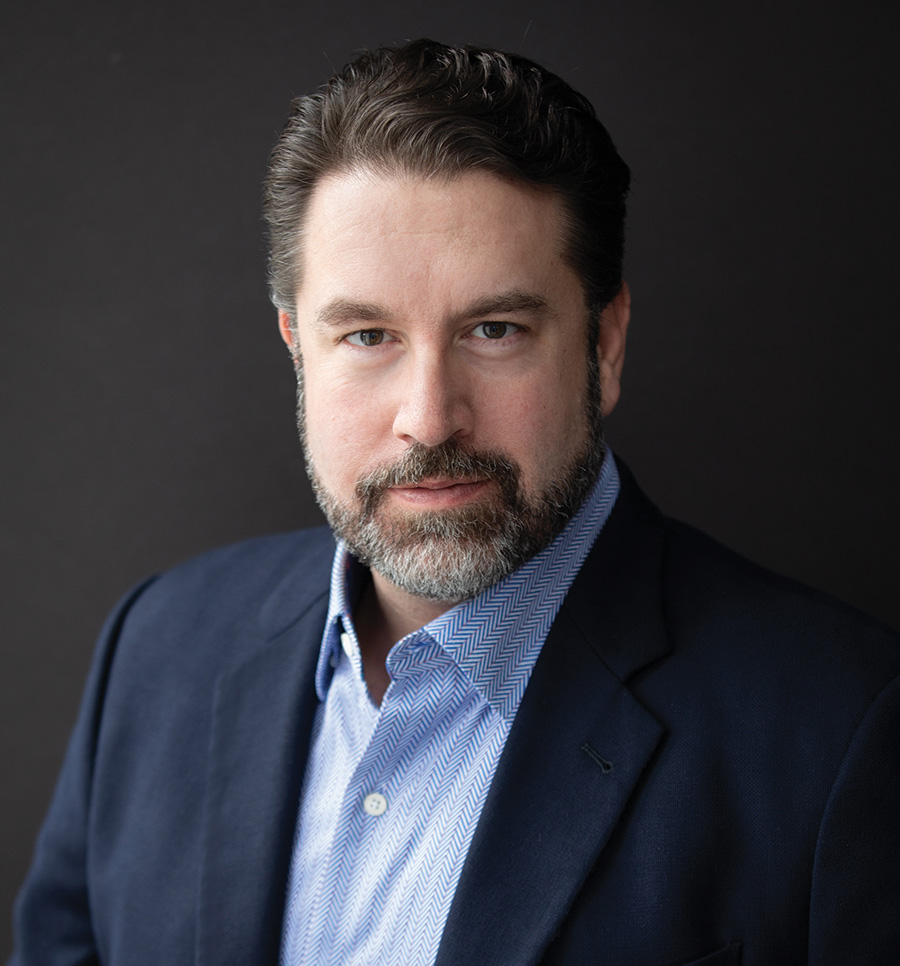
Director, Lab Services (Acoustic/Calibration/EMC/Wireless Labs) ETS-Lindgren
Knowing exactly what the customer needs for their calibration service allows calibration labs to provide for a competitive quote and allocation of the appropriate resources necessary to perform a quality calibration. This expedites the calibration service time so the antenna is returned to the customer quicker. Less down-time benefits commercial labs who charge for test lab time; for design engineers, less down-time means more time for product R&D. A detailed calibration service request also avoids potential “surprises” when the antenna is received at the lab or returned to the customer, which can result in further delays. We recommend spending a little more time upfront on your calibration service specification. As a result, you’ll have less down-time and save money. This efficiency benefits industry in the long run.
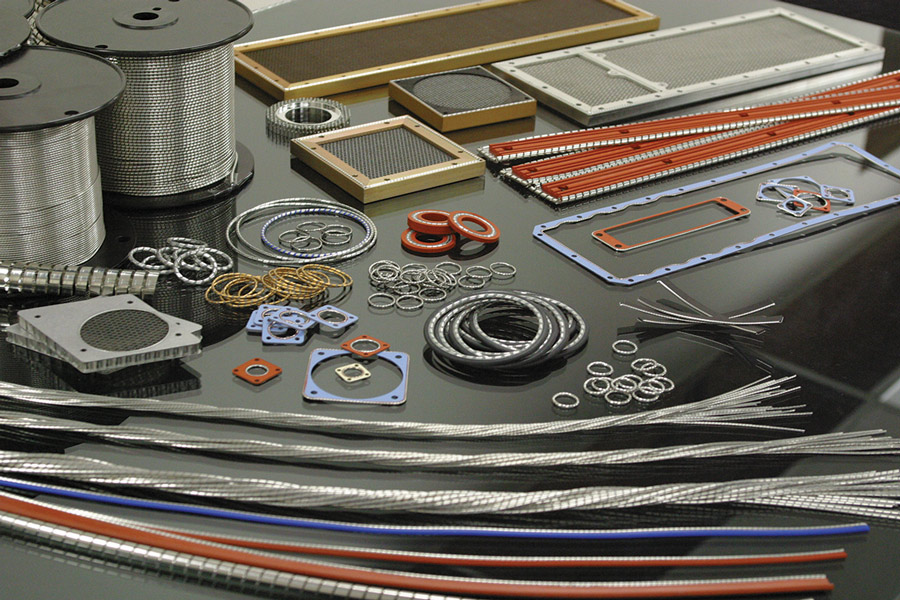
Spira’s commitment to quality is demonstrated through our ISO-9001 and AS9100 certifications. Our products also meet requirements including REACH, ITAR, RoHS, DFAR, FCC, EC, HIRF, TEMPEST and others. Spira specializes in meeting customers’ unique shielding needs. All products are available in custom configurations.
NEW book: Shielding of Electromagnetic Waves by George M. Kunkel, Founder and CEO, provides a new, more accurate and efficient way for design engineers to understand electromagnetic theory and practice as it relates to the shielding of electrical and electronic equipment. Available in print or e-book formats.
- Describes in detail why the currently accepted theory of shielding needs improvement
- Discusses the penetration of an electromagnetic wave through shielding barrier materials and electromagnetic interference (EMI) gasketed seams
- Emphasizes the use of transfer impedance to explain the penetration of an electromagnetic wave through an EMI gasketed seam
- The definition of an electromagnetic wave and how it is generated is included
- Chapters in the book are included that reinforce the presented theory

ver ponder how a physician troubleshoots medical issues in their patients? Neither did I until a consulting client pointed out I was following a medical methodology known as “differential diagnosis.”
Intrigued by the comment, which led me to further investigate how doctors work to fix patients, just like we work to fix EMC problems.
But first, a little background…
Early in my EMC consulting career, a client asked me to explain each step as we worked to improve ESD immunity on an existing product. In addition to solving the problem, he wanted to better understand my thinking process. Fair enough, I thought.

uring the COVID-19 pandemic, the C63 Committee, which has always been closely associated with the American National Standards Institute (ANSI), has continued to meet by using modern video-conferencing capabilities. The last face-to-face meeting of the full C63 Committee was in November of 2019 in Santa Rosa, California when eight Subcommittees, the C63 Steering Committee, and the C63 Main Committee all met in a series of week-long meetings. Since then, there have been four meetings of the C63 Steering Committee and each of our eight Subcommittees have met approximately every quarter. Each of the Committee’s Working Groups (WG) is responsible for one C63 standard, and the WGs have continued to meet remotely on an as-needed basis to continue work on their respective standards.
This article outlines the activities of the C63 Committee in 2020 and 2021. It describes the EMC standards that have been approved recently as American National Standards and outlines the EMC standards that are actively being worked on as American National Standards.
Grounding contacts, clamps, and straps
Ferrite cores
EMI absorbers
Silicone-free thermal pads
Dual-function (EMI + thermal)
Fan noise damper
Toll free (US only): 1-855-EMC-PART
International: +1-408-971-2055
Email: sales@kgs-ind.com

ith a gross domestic product of 793 billion (USD) in 2019,1 the economy of Saudi Arabia is among the wealthiest in the world. Indeed, it is one of the world’s top 20 economies with Saudi Arabia a G20 member country. A high-income nation, Saudi Arabia also has a large and fast-growing population – over 34 million and rising in 20192 – with approximately 39% under the age of 25.3 The latter is noteworthy with regard to Saudi Arabia’s emergence as an increasingly favored export destination for North American, European, and Asian manufacturers of consumer electronics and information communications technology (ICT). In particular, Saudi Arabia’s young consumer market has been identified as including some of the world’s most prominent early adopters of new technologies.4
Combine this with new consumer electronics and ICT products that usually incorporate wireless functionality as a standard feature, and an understanding of Saudi radio equipment regulation becomes imperative for ensuring market access. This article discusses the national legislation in place, including, as relevant, its references to international and European product standards.
his is the third article in a series of articles devoted to the design, test, and EMC emissions evaluation of 1- and 2-layer PCBs that contain AC/DC and/or DC/DC converters, and employ different ground techniques [1, 2]. In this article, we evaluate the performance of the baseline DC/DC converter (e.g., use only IC vendor recommended components and no additional EMC countermeasures). Specifically, we present the test results from the radiated and conducted emissions tests performed according to the CISPR 25 Class 5.
Like so many industries at this time, while working on the DC/DC converter we were faced with a semiconductor shortage issue in our design with the main controller integrated circuit. This forced us to redesign the converter using a different DC/DC IC that is widely available in quantities. After selecting a new integrated circuit, a new design was created and appropriate components were chosen. Then the PCB layout was updated and a ‘quick turn’ PCB fabrication was ordered and received. The schematic, PCB layout, and a photograph of the assembly are shown below for the new design which was tested and results are discussed in this article.
oughly a decade ago, starting at 22nm technology nodes, the transistor architecture changed from planar to FinFET [1-3]. Bulk FinFET (FF) which is a multi-gate transistor built on Si substrate has been the mainstream in the state-of-the-art logic CMOS technologies for many mobile SoC applications [1-3]. Fortunately, ESD reliability has not been an obstacle in the FinFET era from 22nm to 5nm technology nodes. Nowadays, with the increased requirements of high-performance computing applications, logic CMOS technologies need further evolutions. Several new transistor architectures have been proposed to achieve more powerful computing capability. In this article, we will look at the impacts of these transistor architectures on ESD reliability.
In addition to the new GAA transistor architecture, the integration of a Source/Drain (S/D) dual epitaxy process with strain engineering [3, 12-15] has been proposed to continuously enable better, faster, and more compact devices [13]. For example, in p-type MOSFETs, the Si S/D epitaxy structure is replaced by a SiGe S/D epitaxy structure [13-15] for providing the channel strain engineering. These examples of architecture and material options can bring critical challenges of ESD reliability.

26 January 2005: Philadelphia FOP Wants Radios Replaced; failures characterized as possible life-or-death issue. In a follow-up to a story reported earlier on Interference Technology’s website, major news outlets in the Philadelphia metropolitan area report that the head of the city’s Fraternal Order of Police (FOP) has called on city officials…
Sharing studies between the radio astronomy telescopes and the power line communication systems in the HF region. Summary: Radio Astronomy has frequency allocations in 13.36-13.41 MHz and 25.55-25.67 MHz on a primary basis worldwide. These bands are extensively used by radio astronomers to observe electromagnetic waves emitted by the Sun…
Standard CISPR15 (EN 55015) is a special product family standard for electrical lighting and similar equipment that has served the market well for many years, but in recent times the incidence of interference from lighting has increased [1]. This has coincided with technological developments in the lighting industry [2]. With the increasing pressure…
This is an excerpt from a monthly newsletter that sends out interesting news items. I don’t believe this is an April Fools’ item, but then who knows? A Japanese woman’s automatic rice cooker changed the settings on her pacemaker. Doctors doing a routine check up were baffled to find that the hi-tech pumping device they had implanted in the woman, 60…
2021 ESD Workshop
July 27-August 13
2021 Joint IEEE International Symposium on Electromagnetic Compatibility, Signal & Power Integrity, and EMC Europe (EMC+SIPI 2021)
July 28
The Battery Show – Digital Express
August 16-18
DesignCon 2021
Military Standard 810 (MIL-STD 810) Testing Open Course
August 23-26
Military Standard 810 (MIL-STD 810) Testing Open Course
View Index

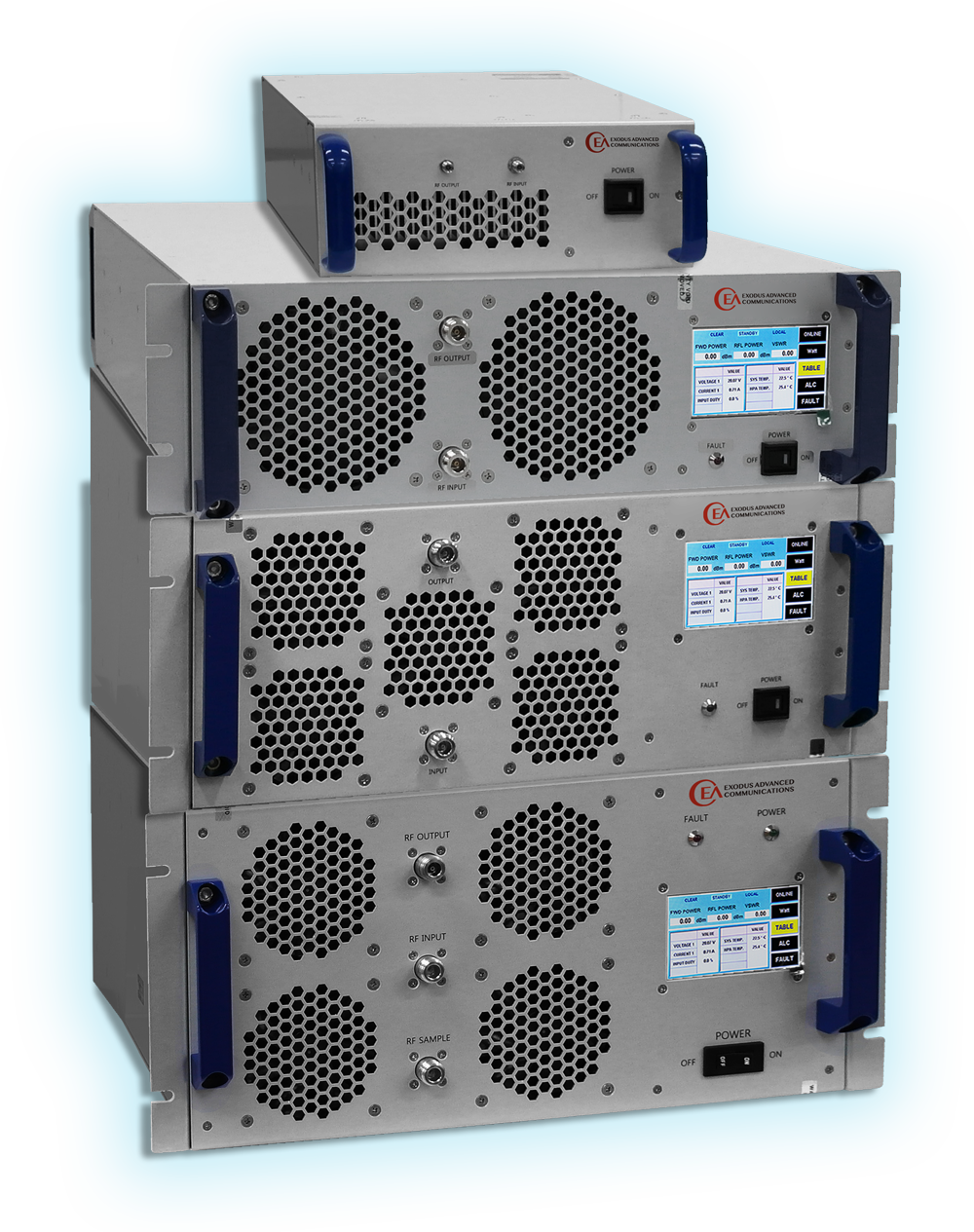
LNA’s, CW, PULSE
Low to High Power

